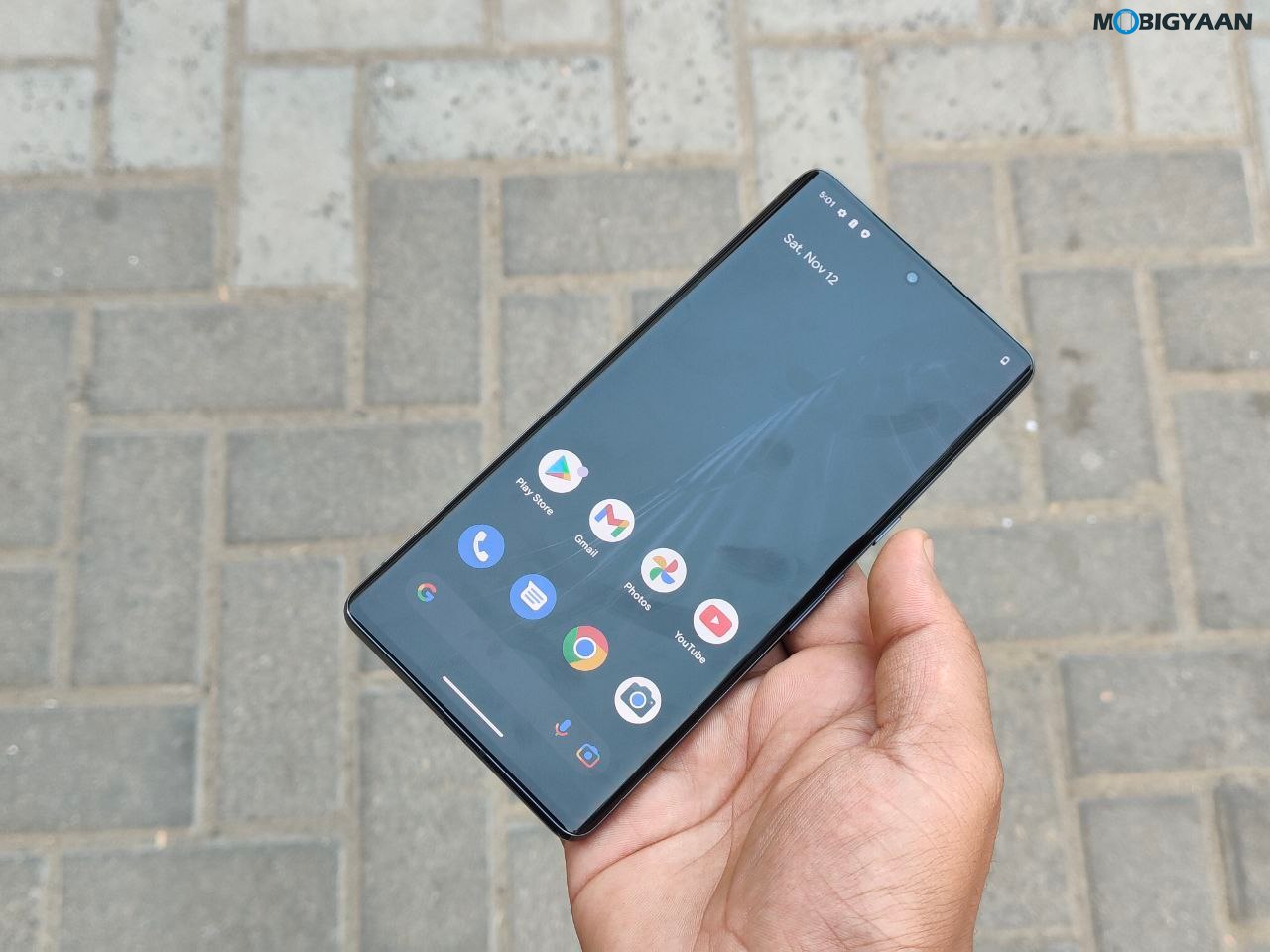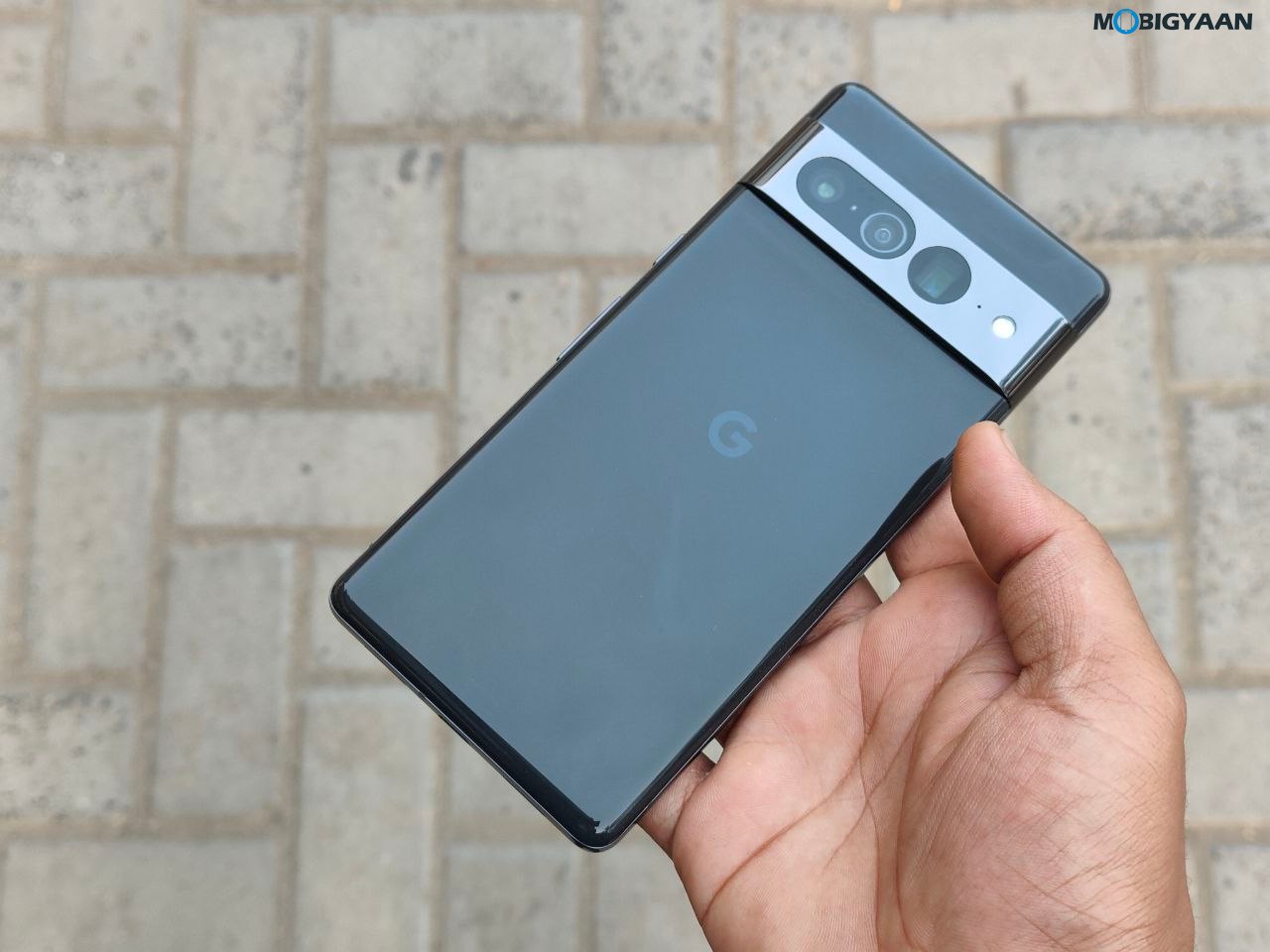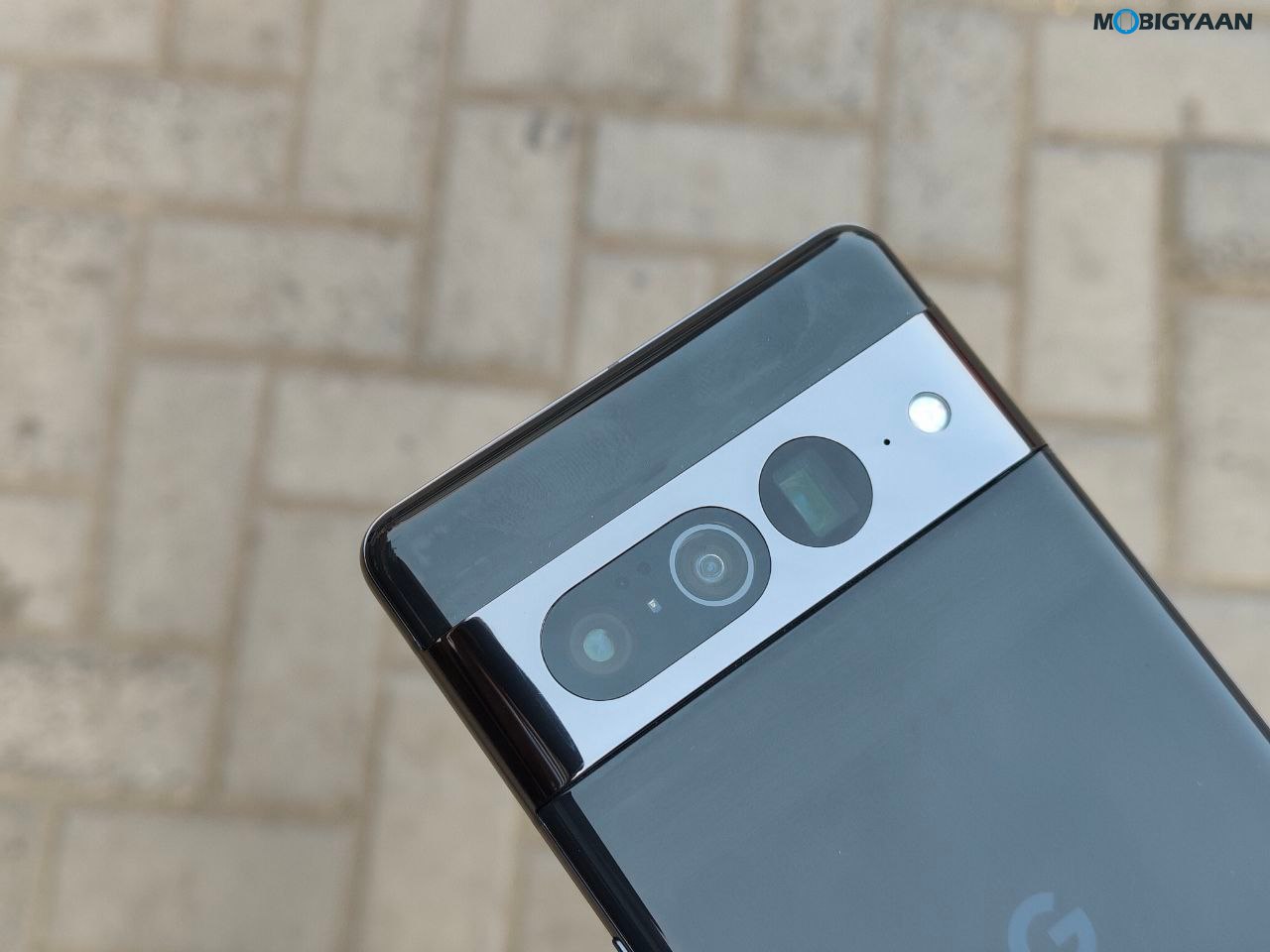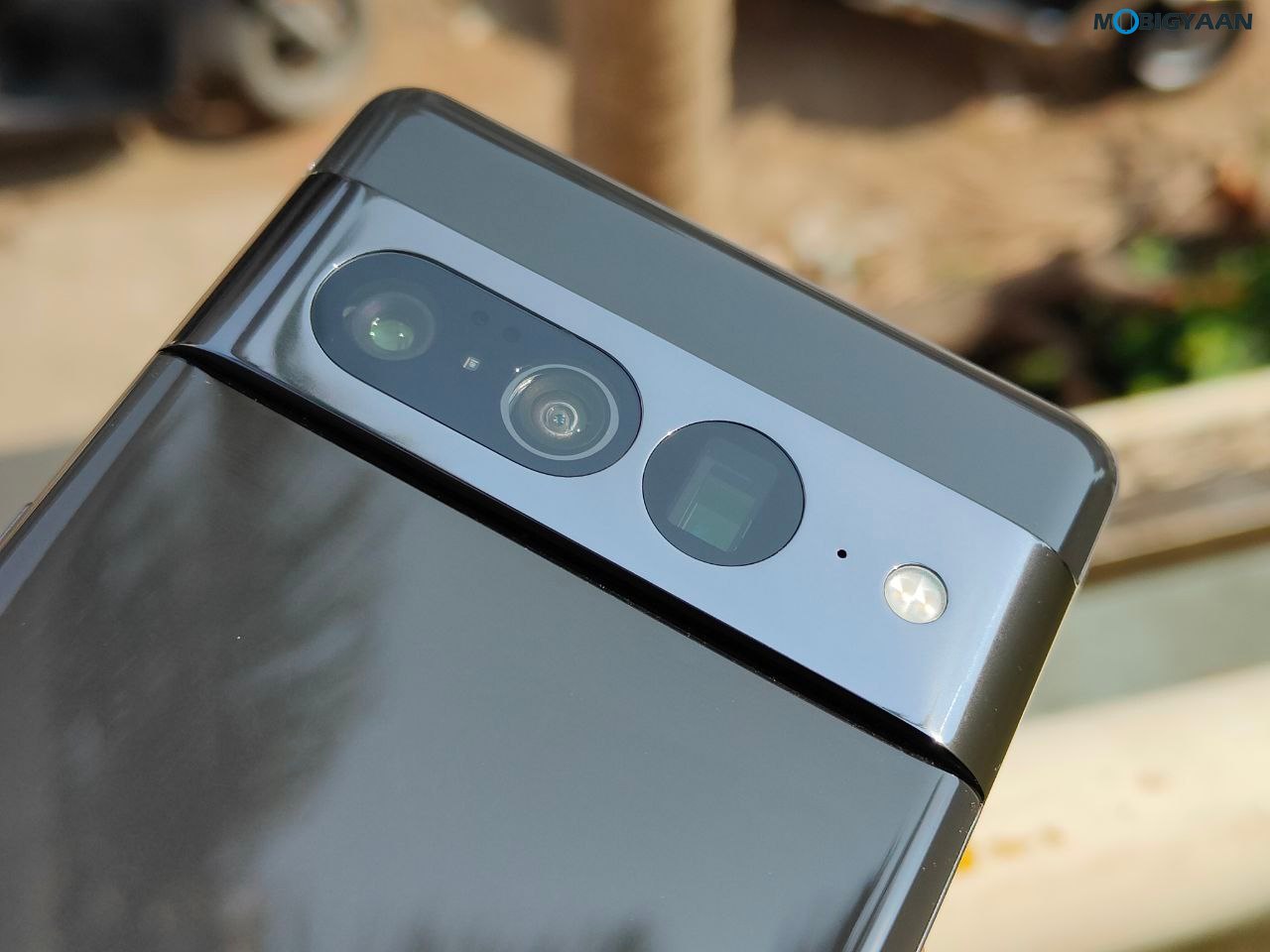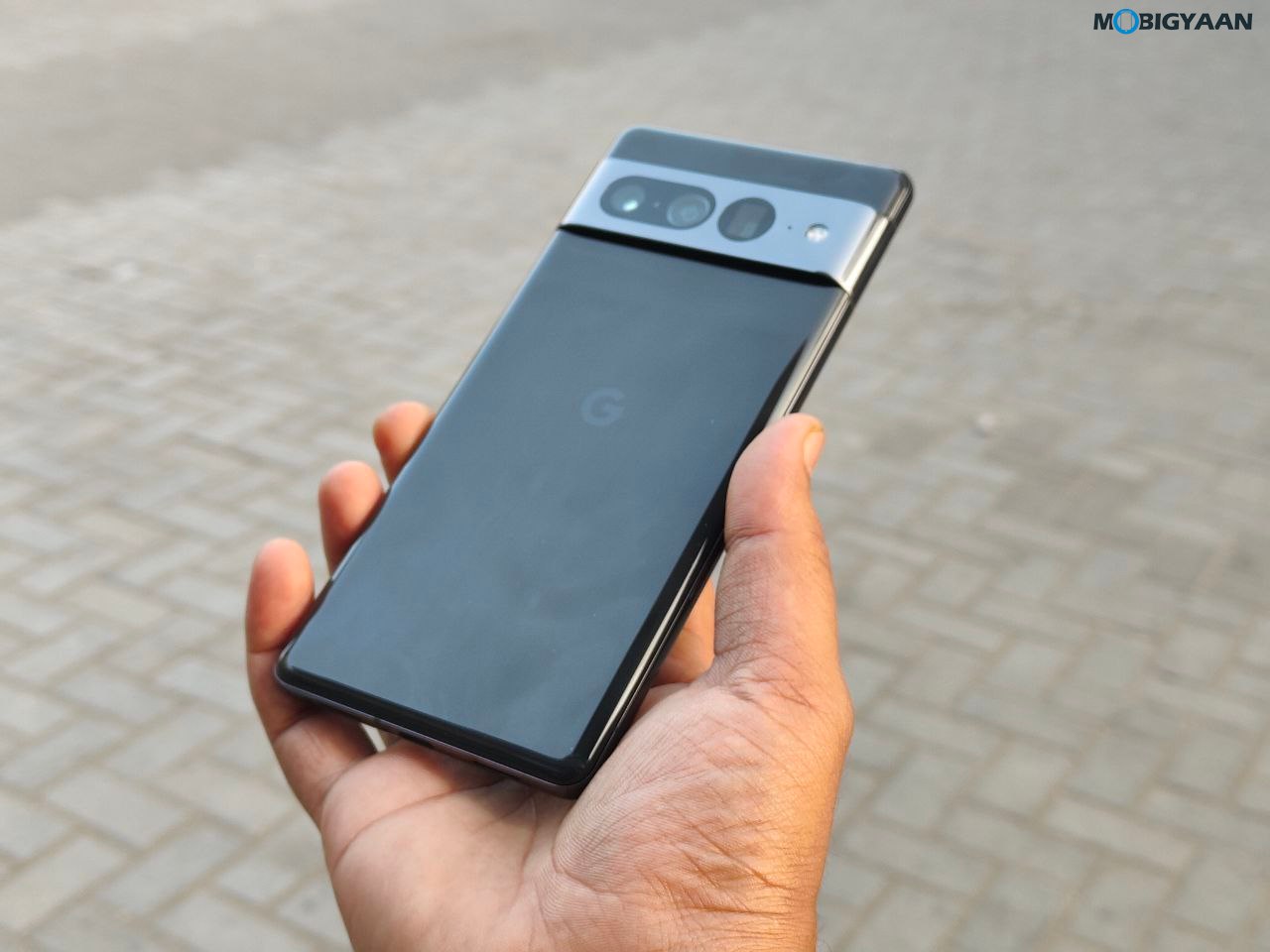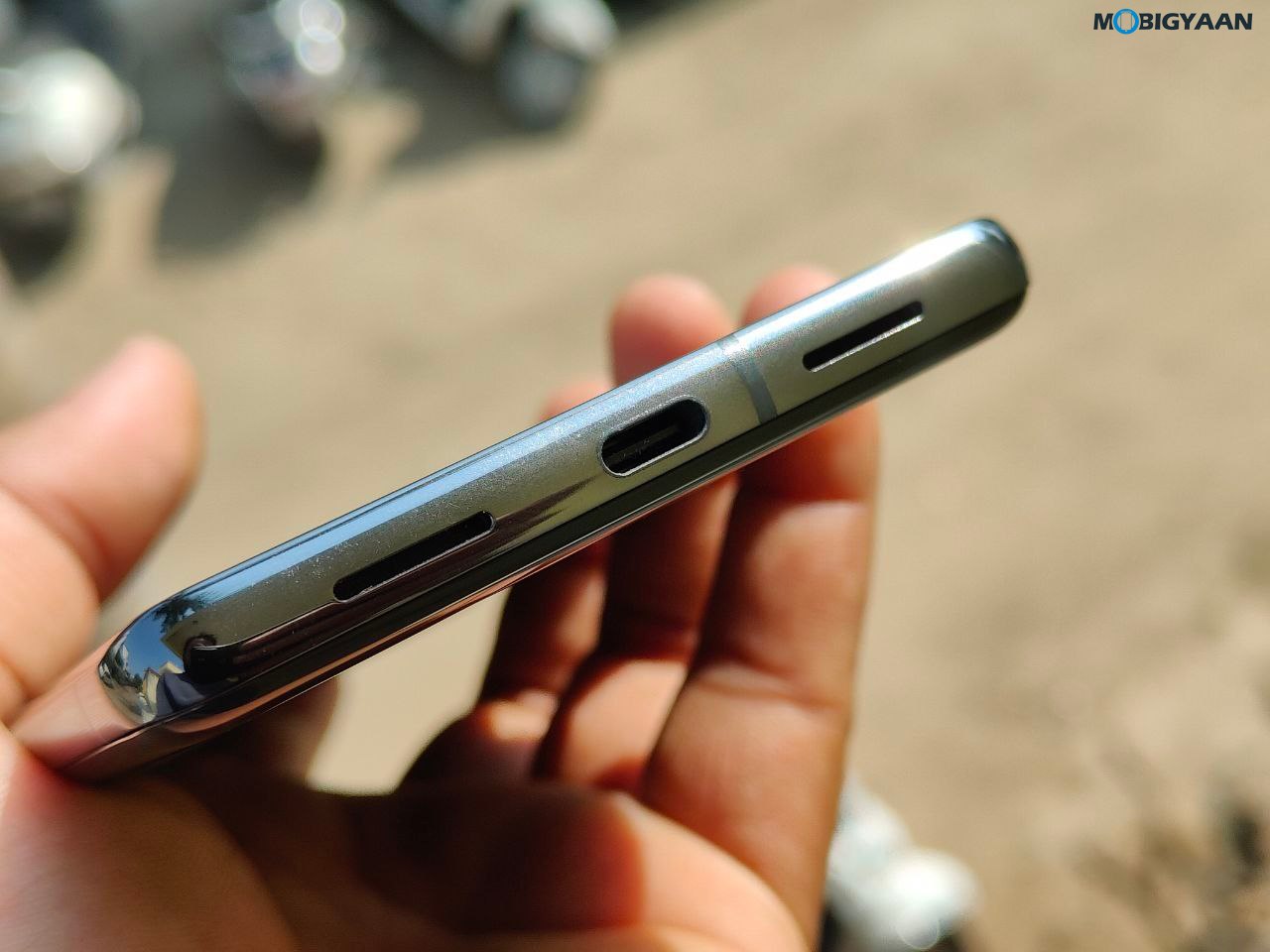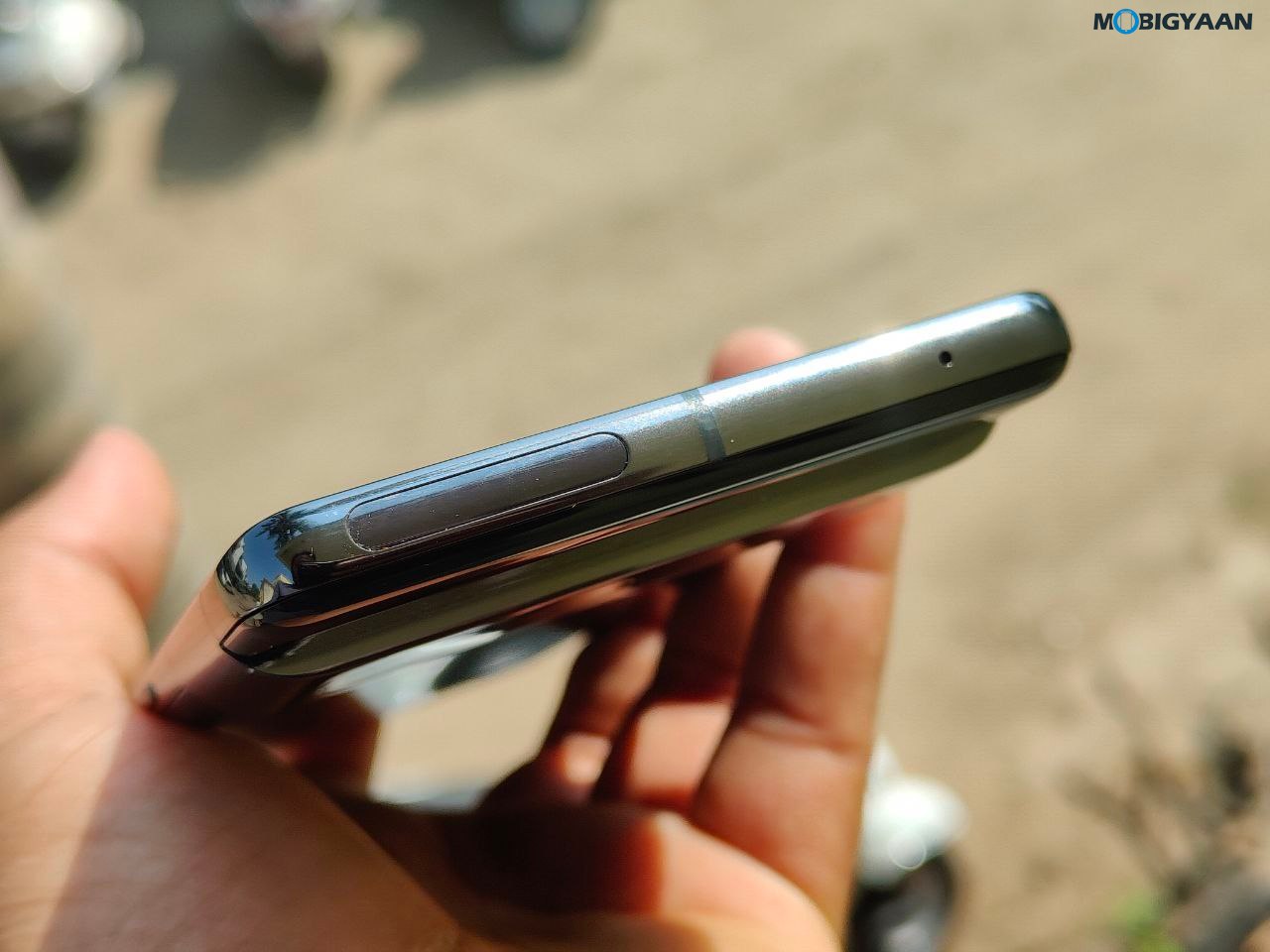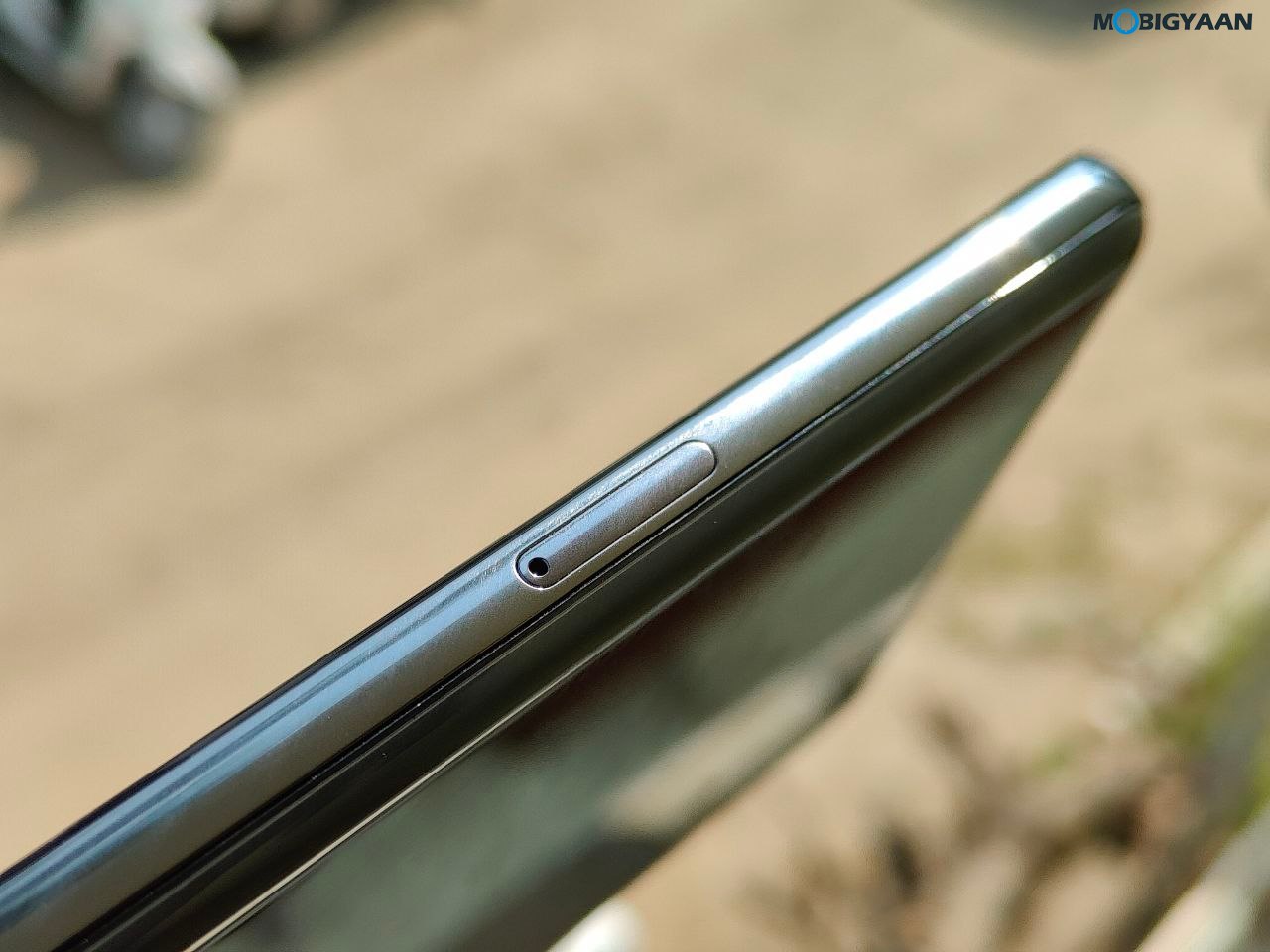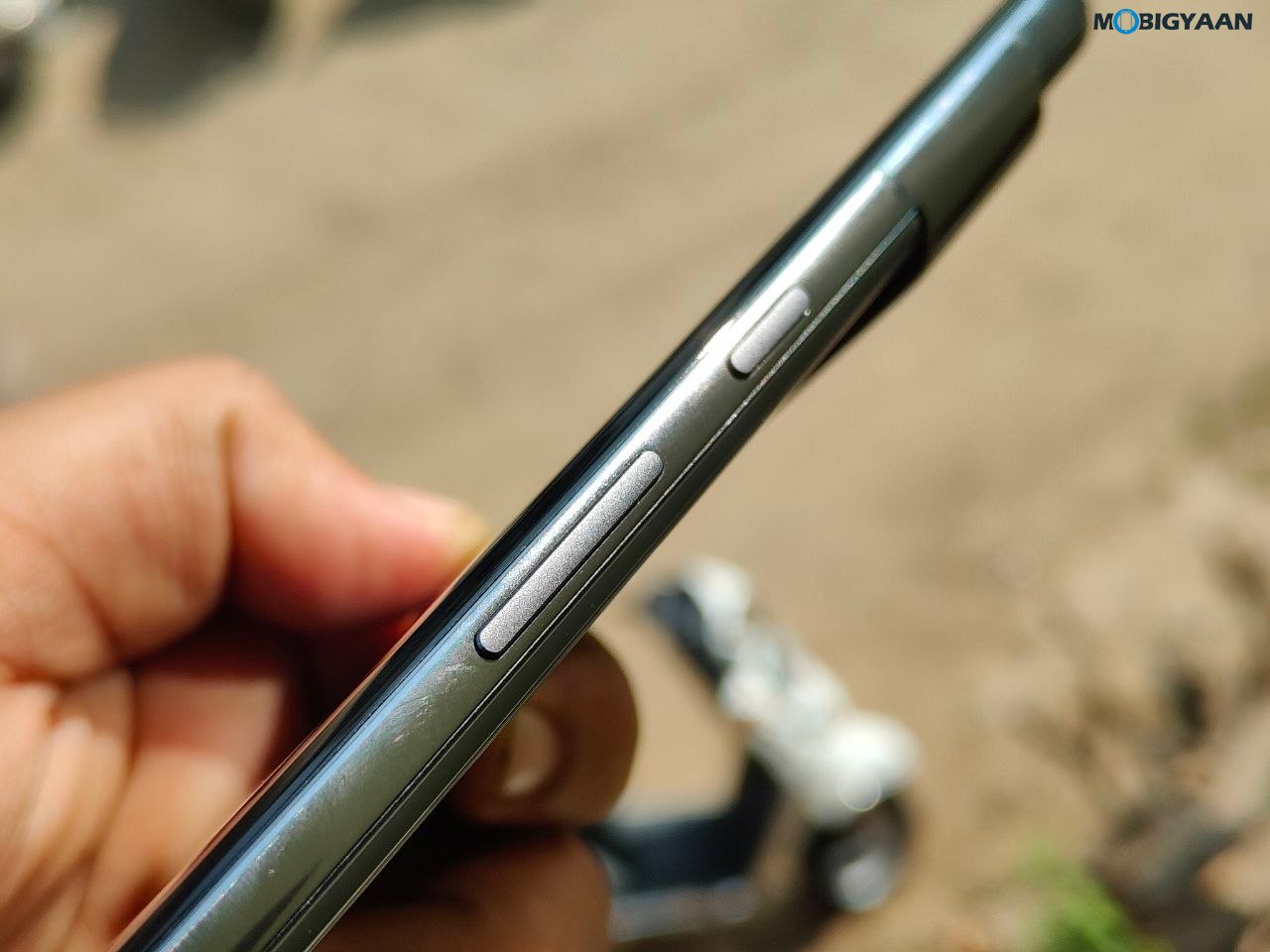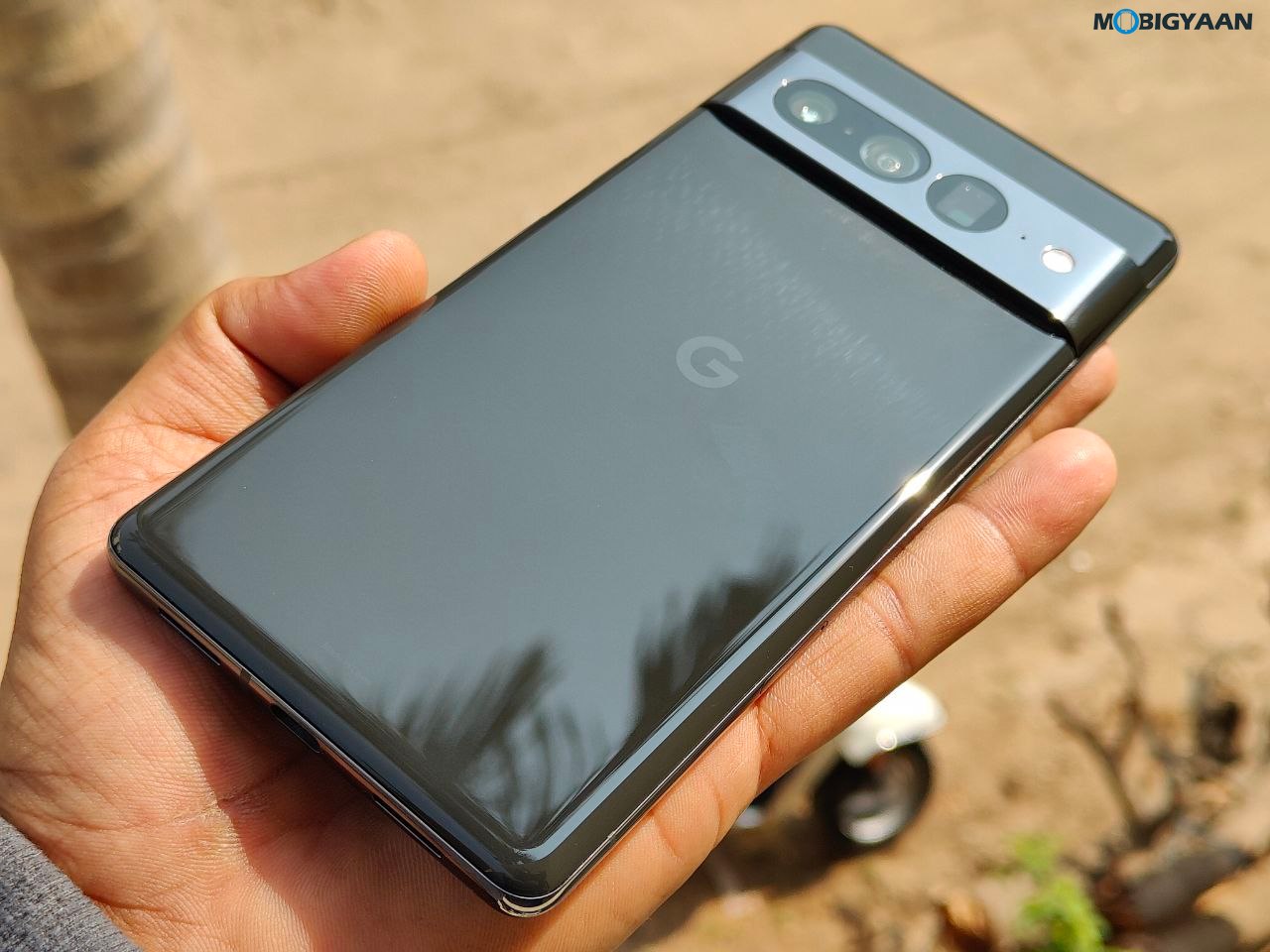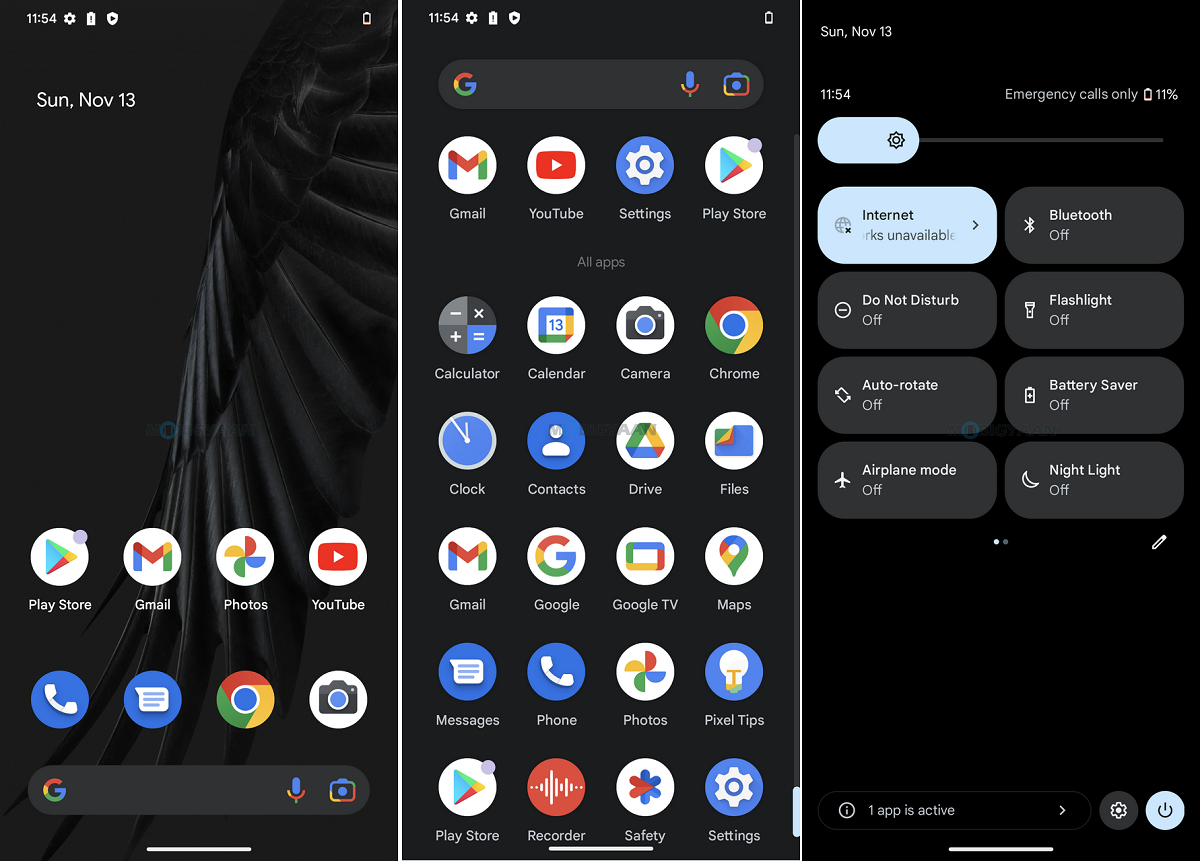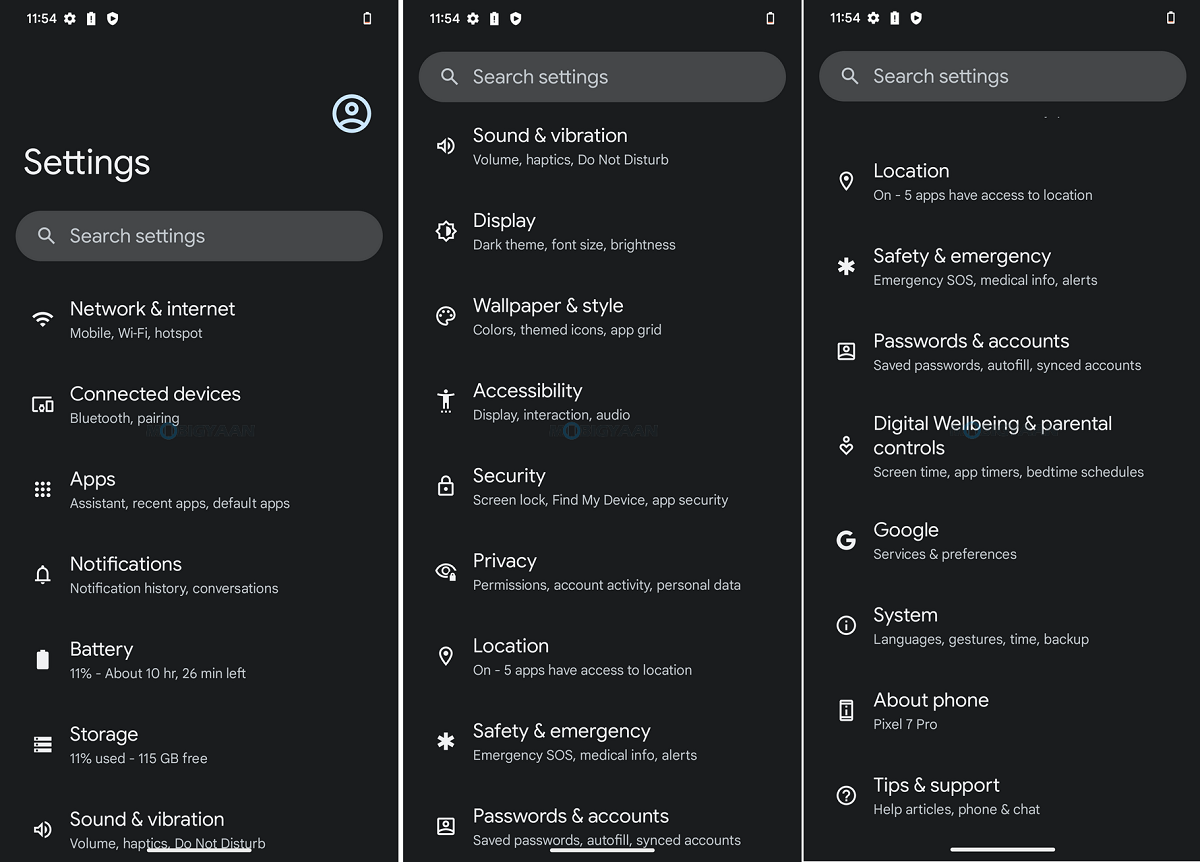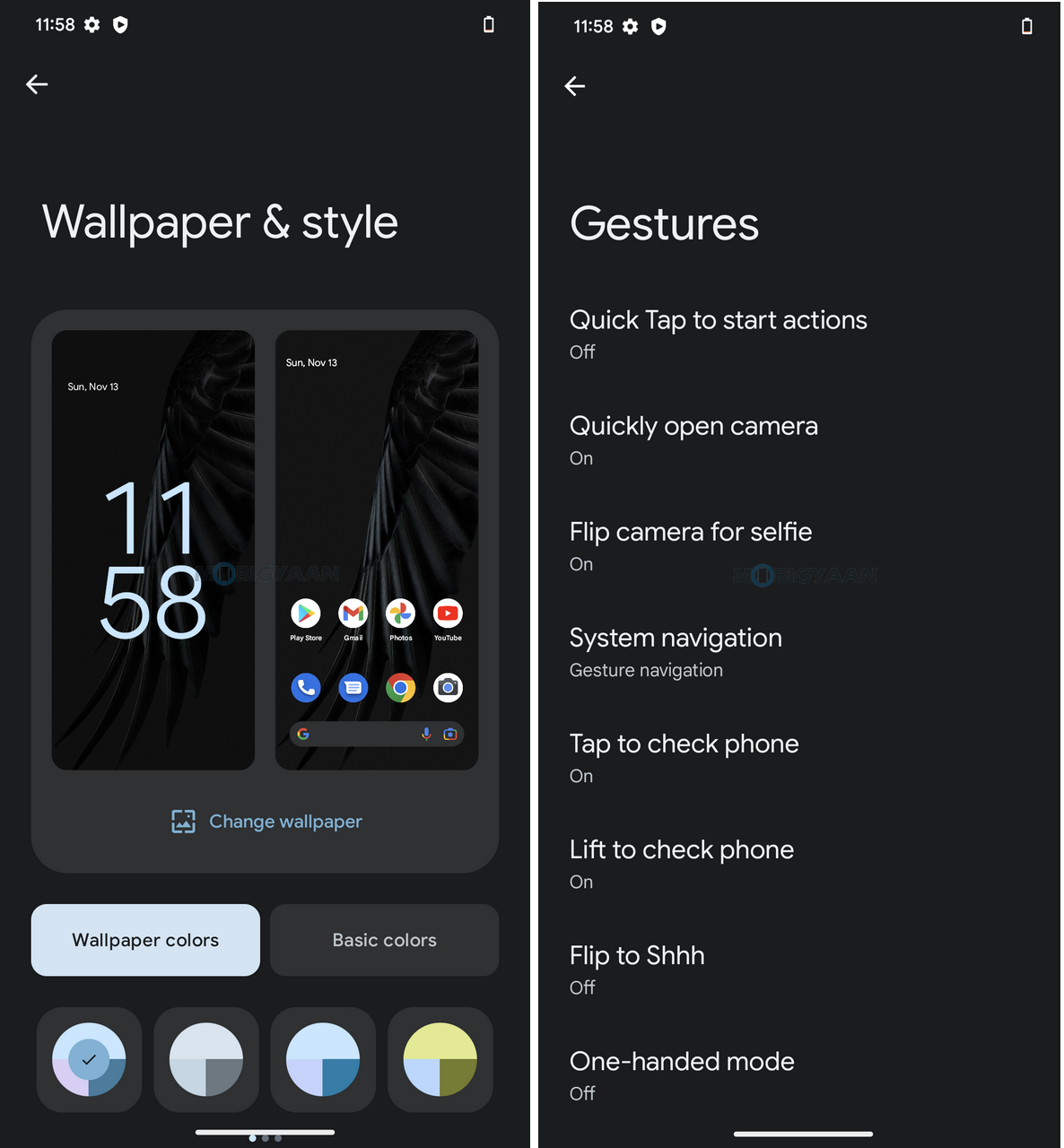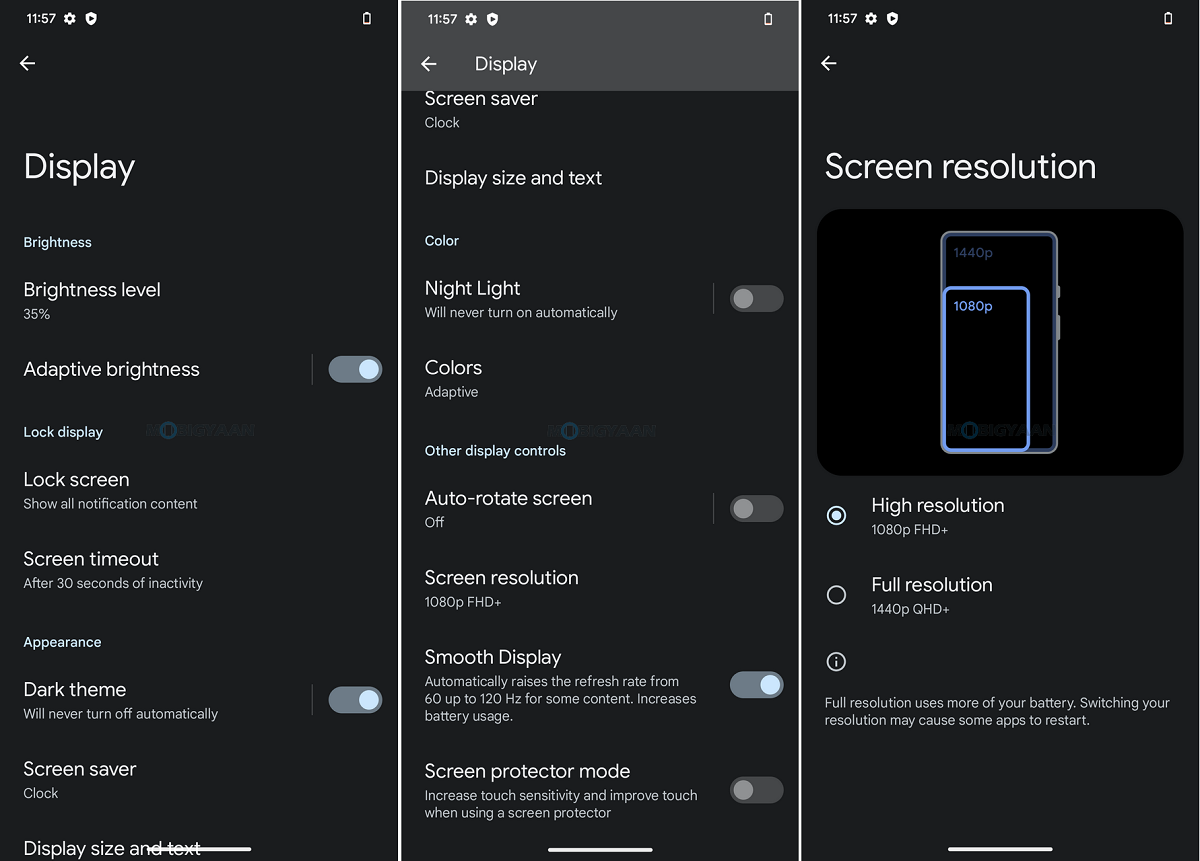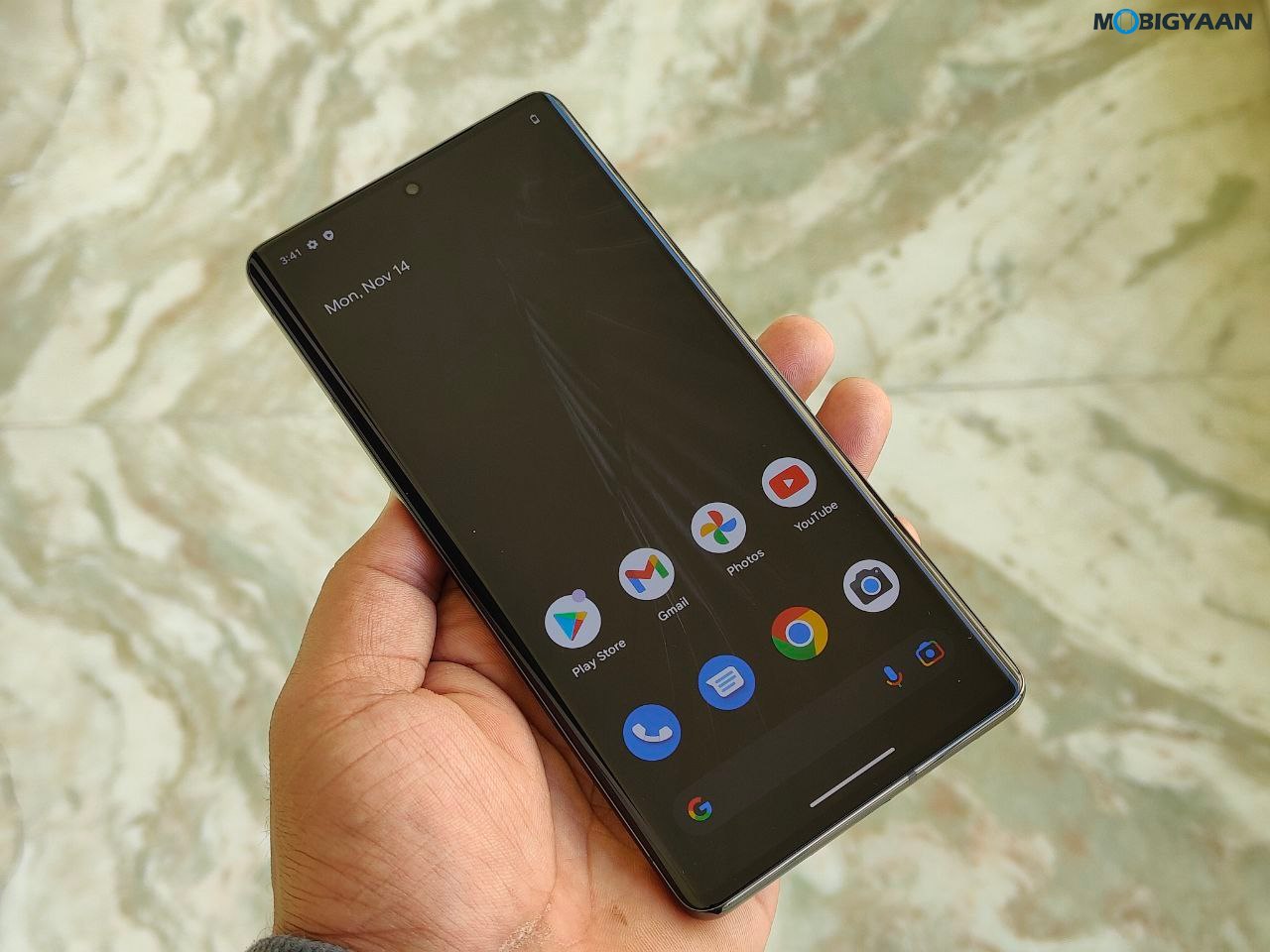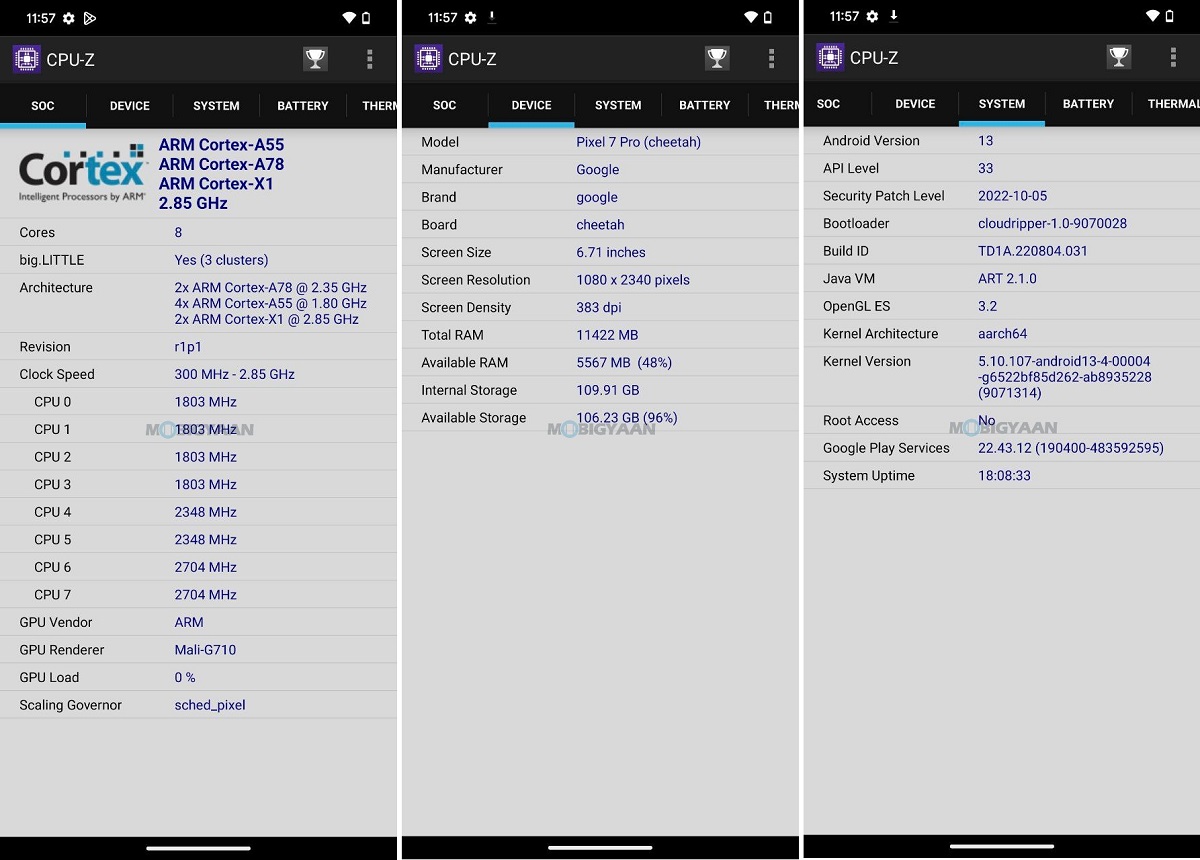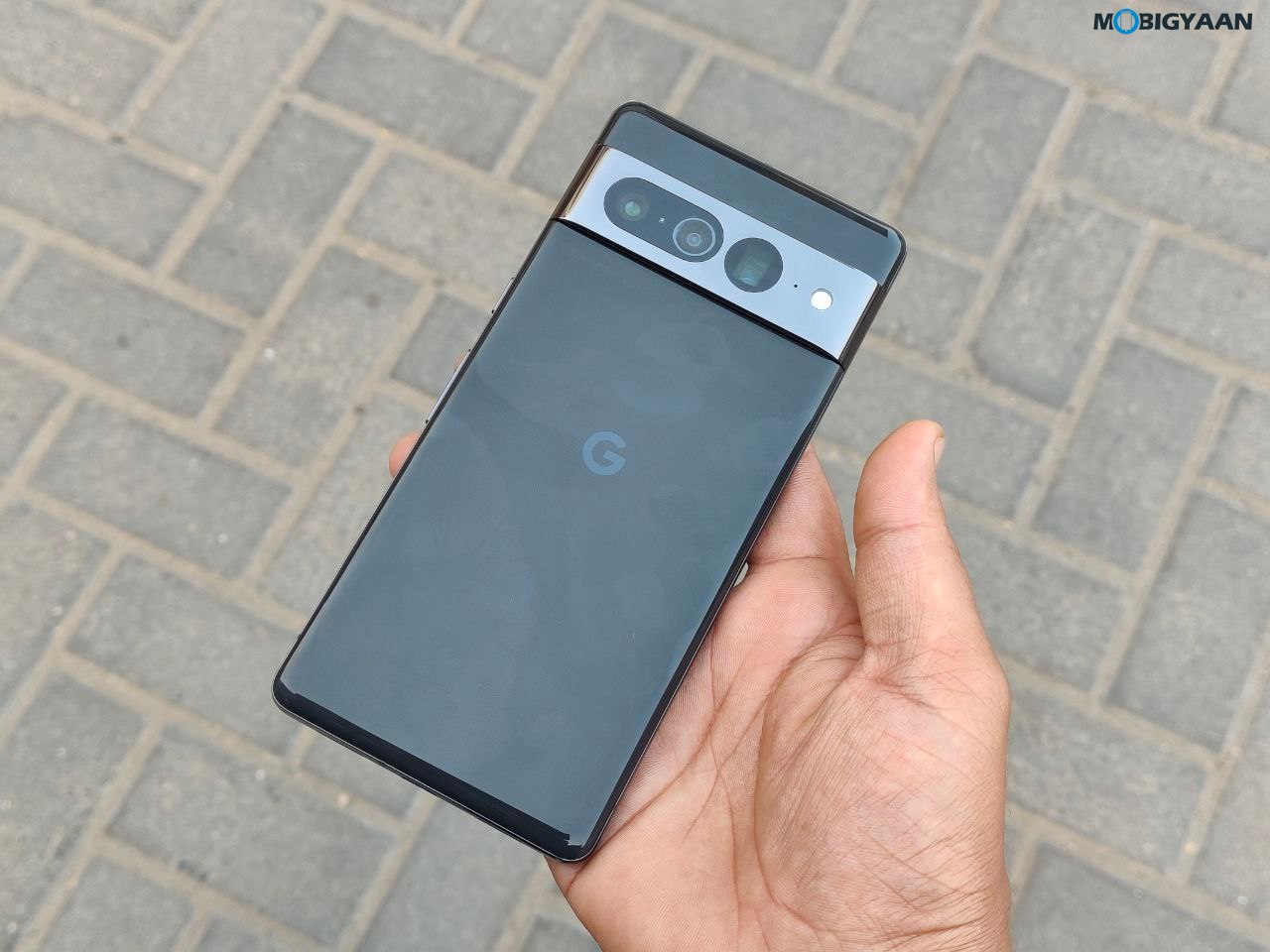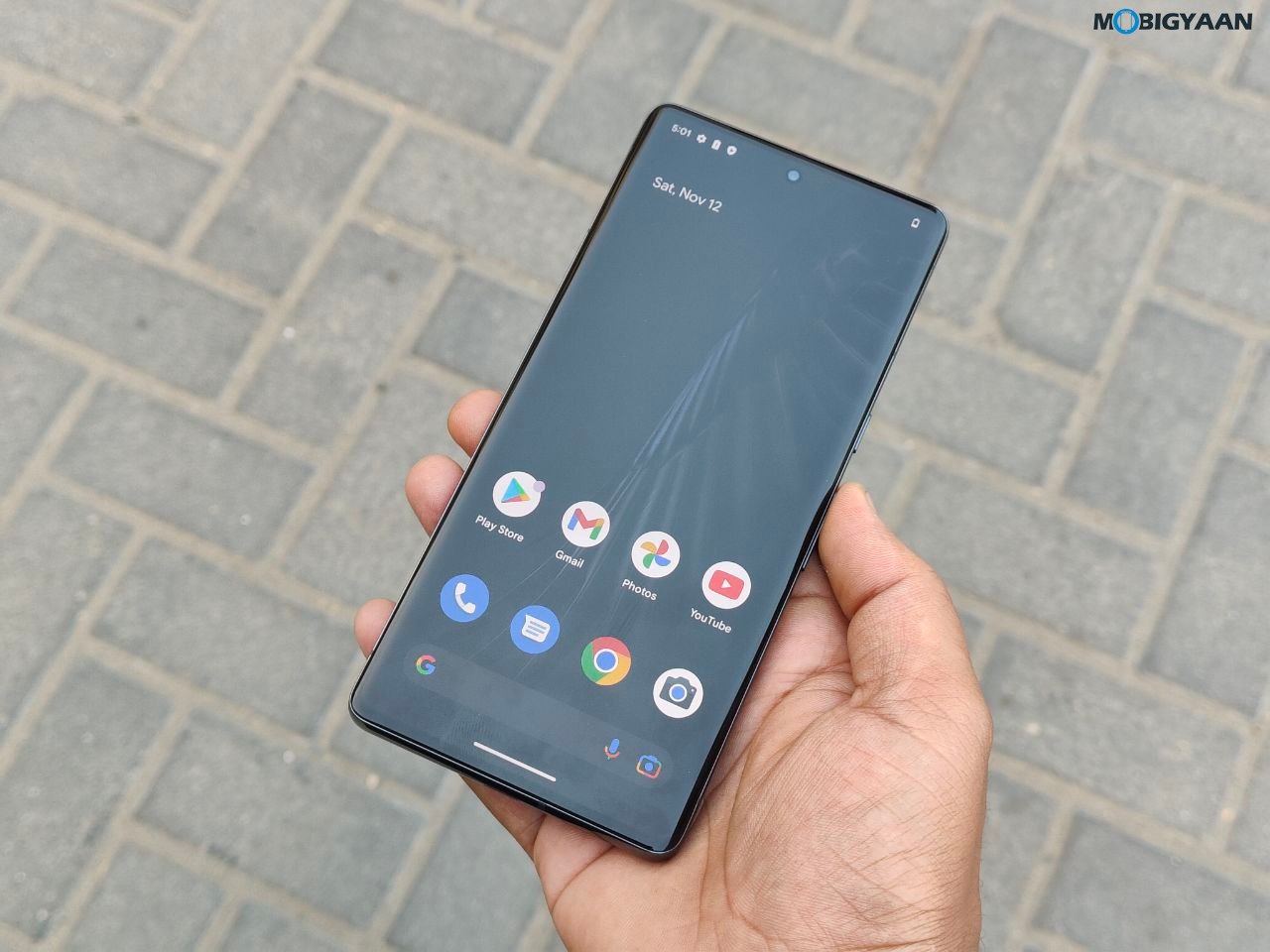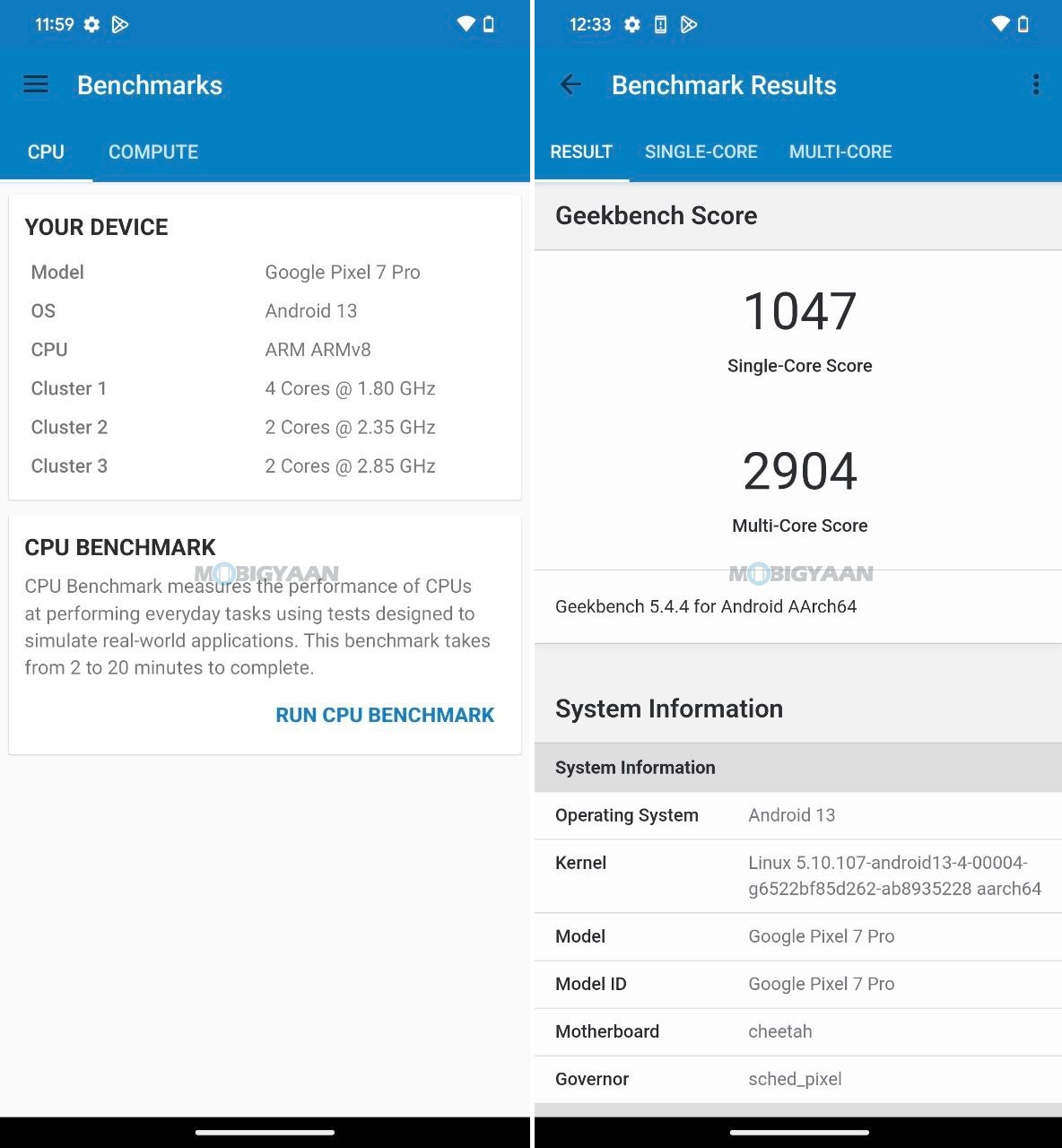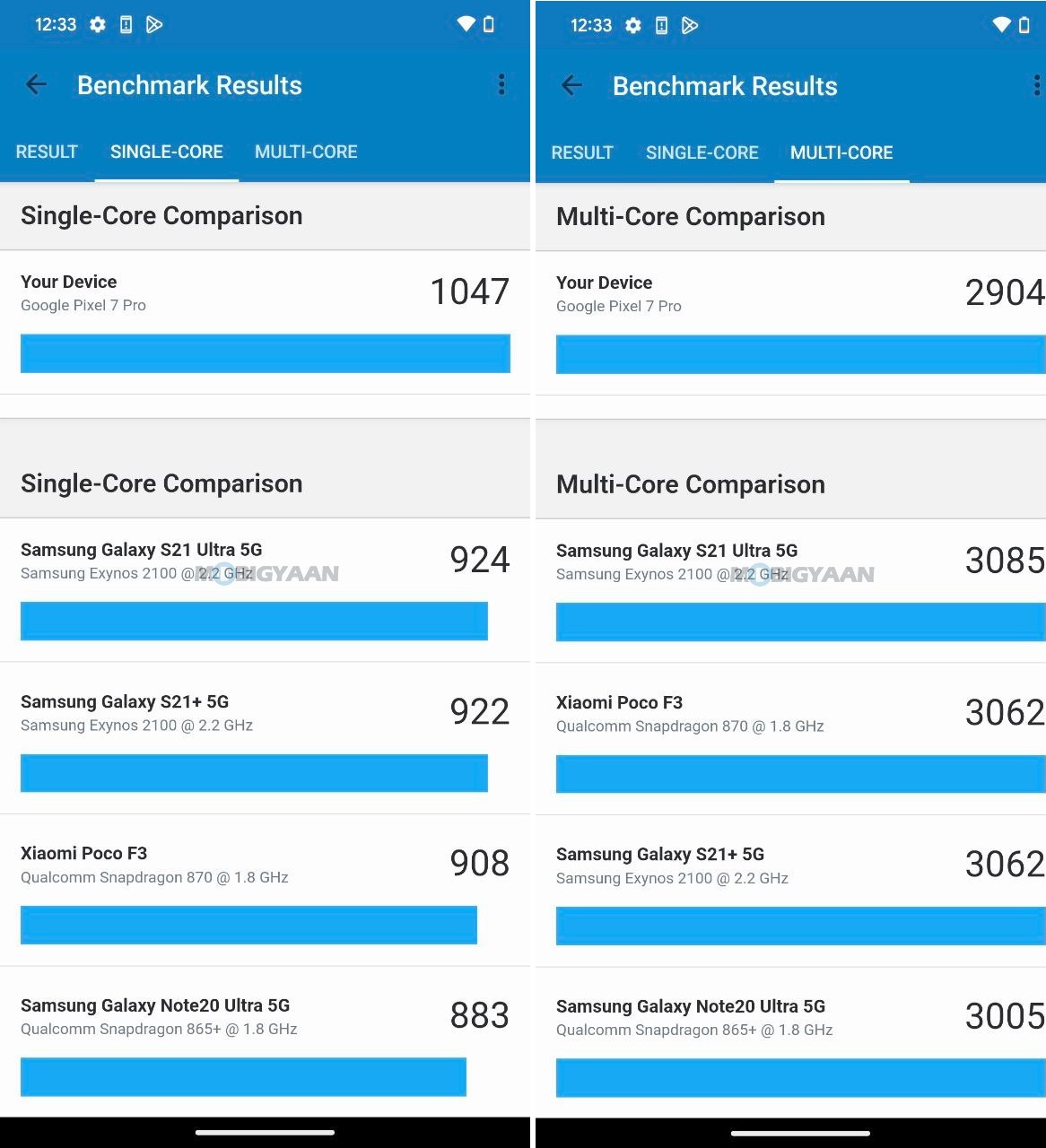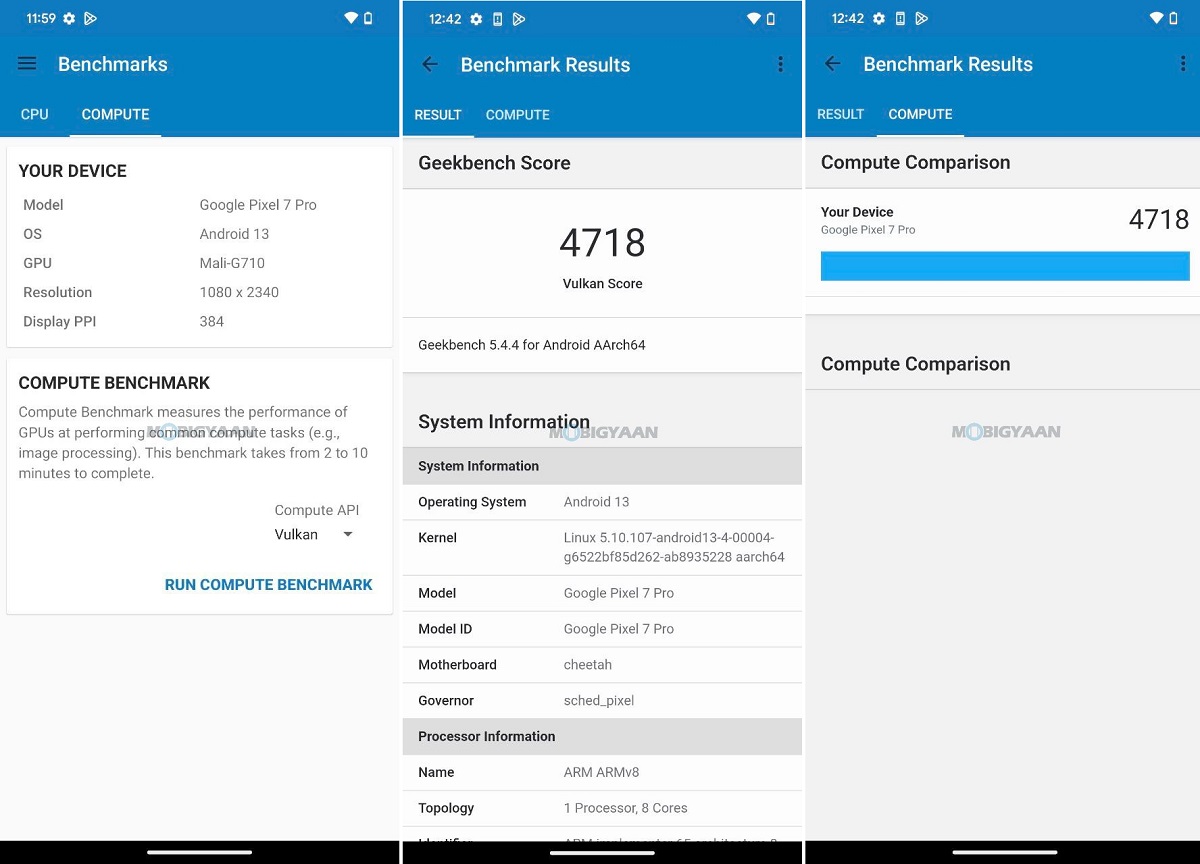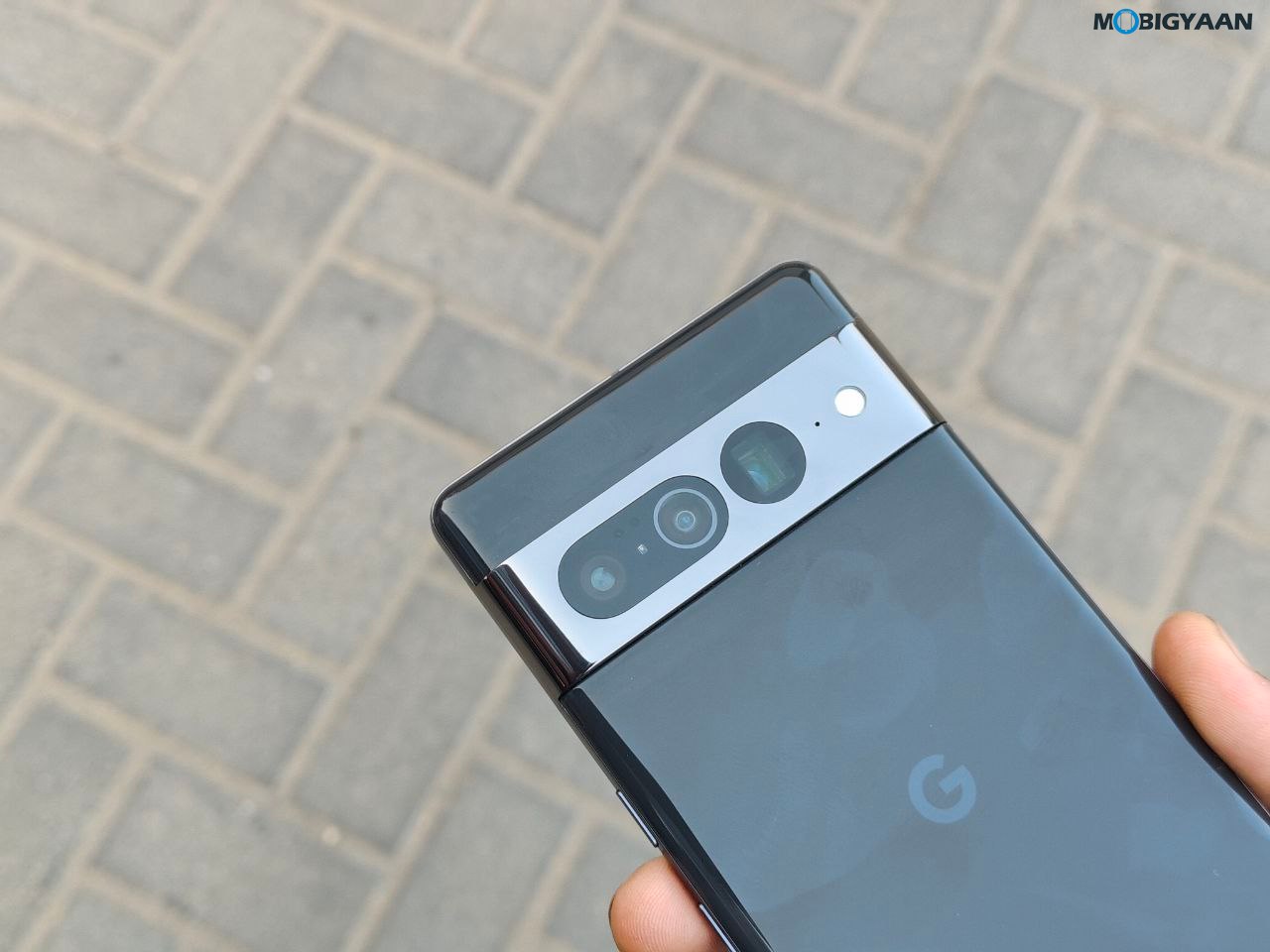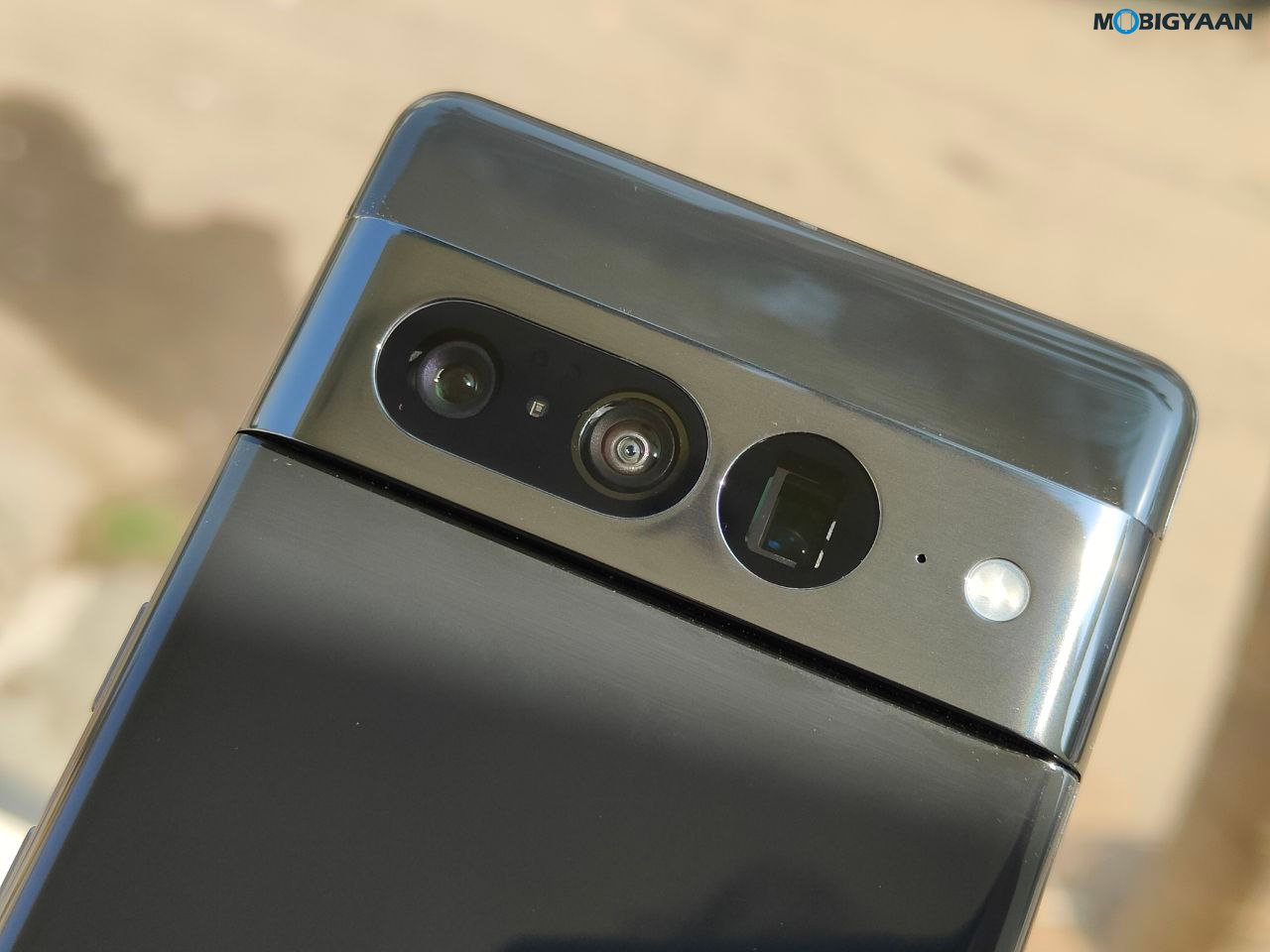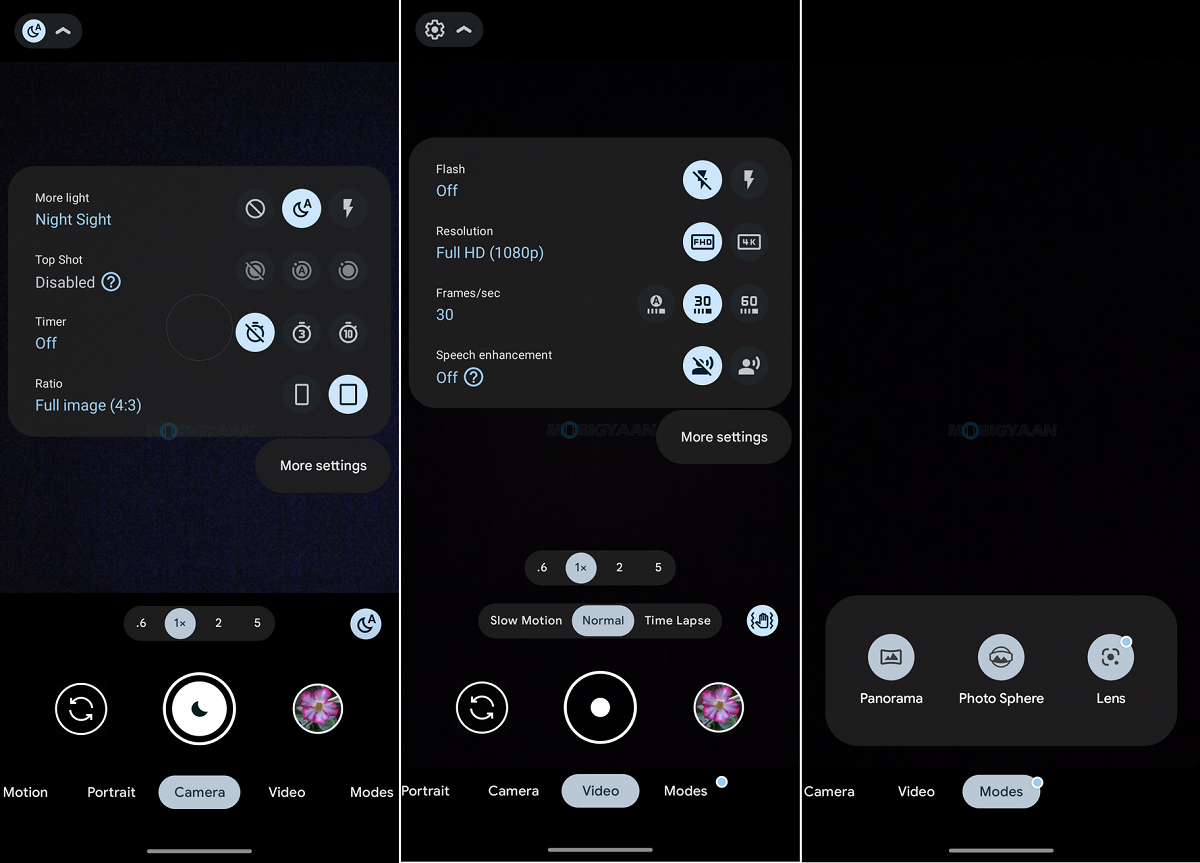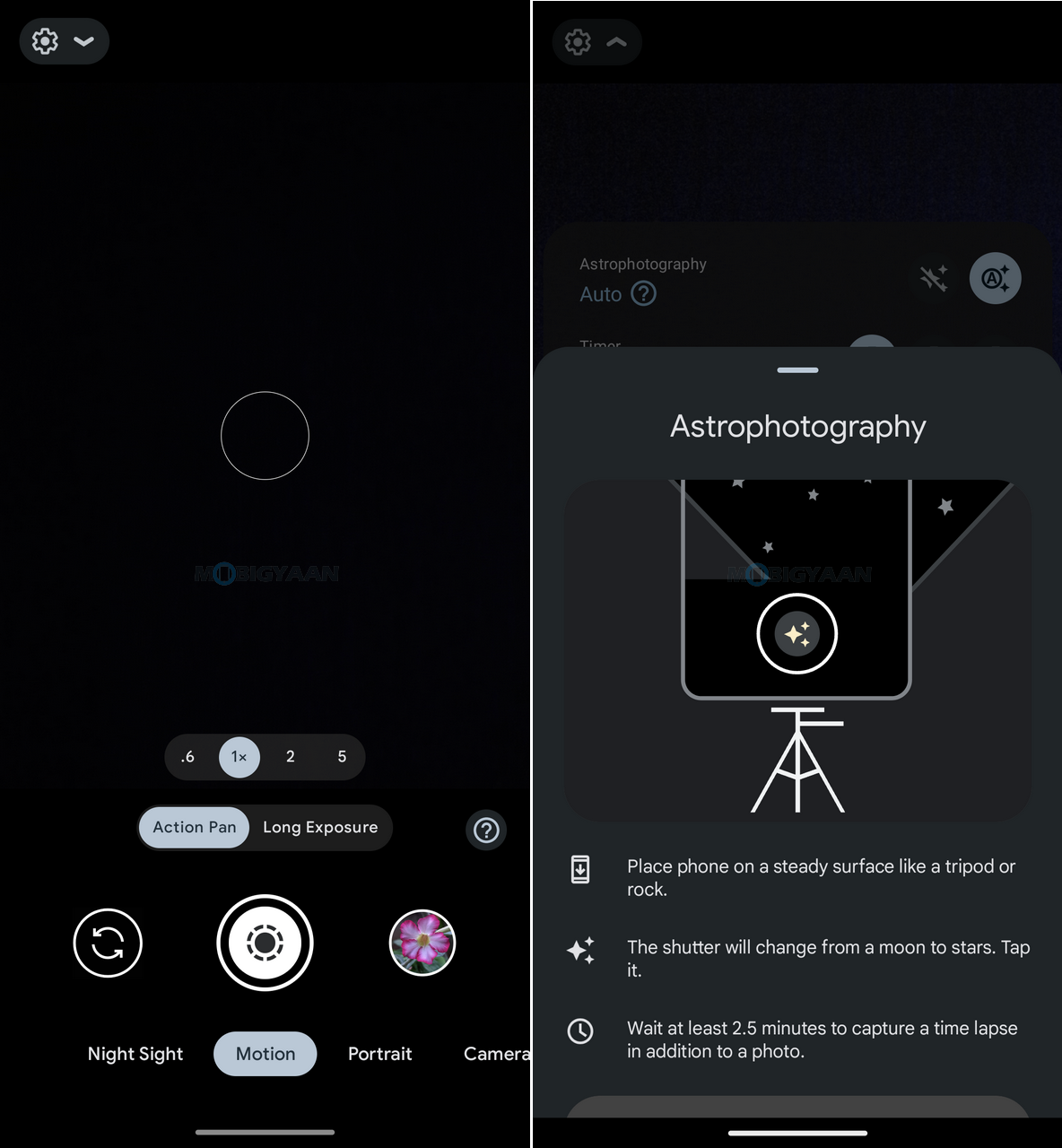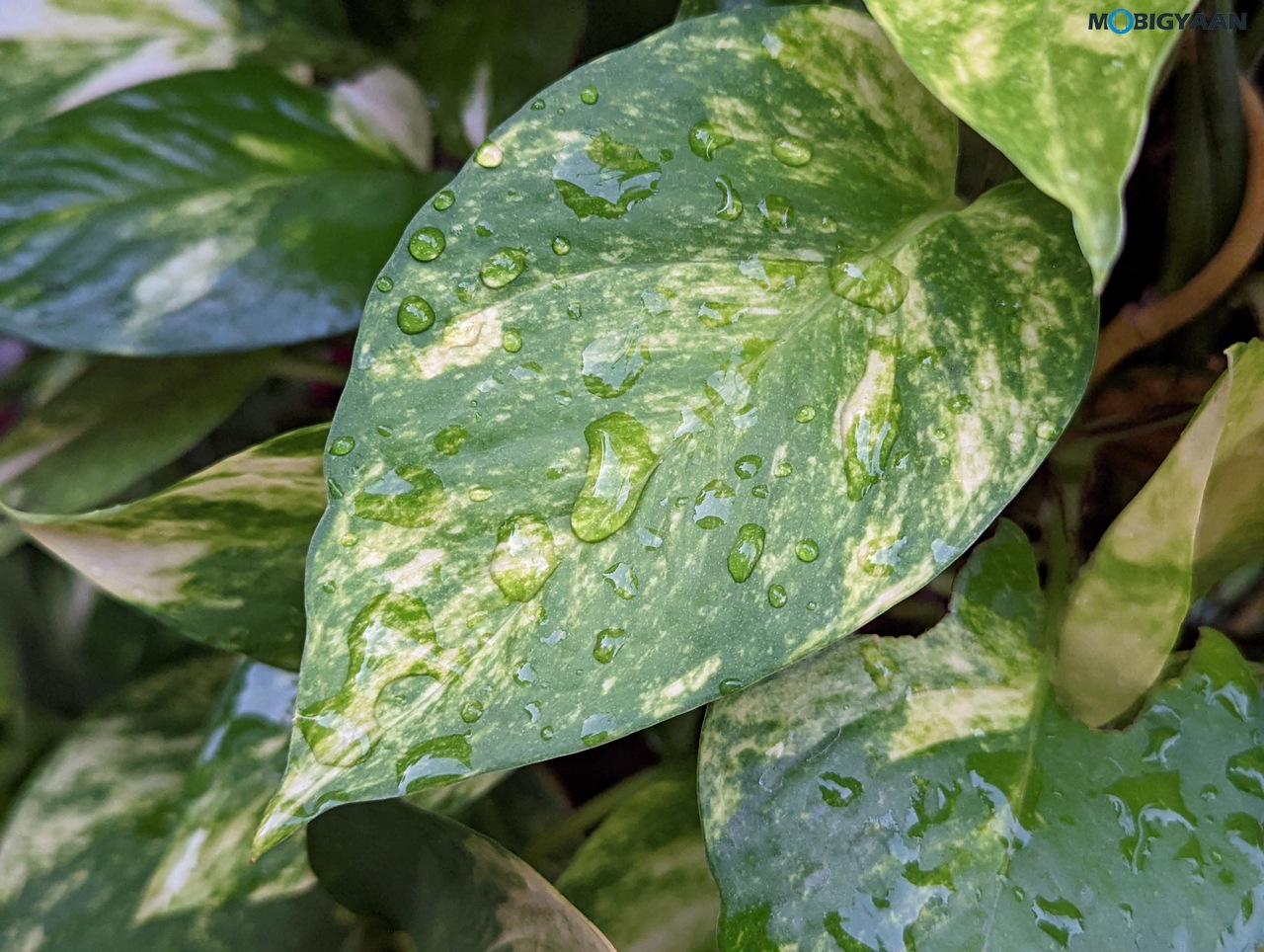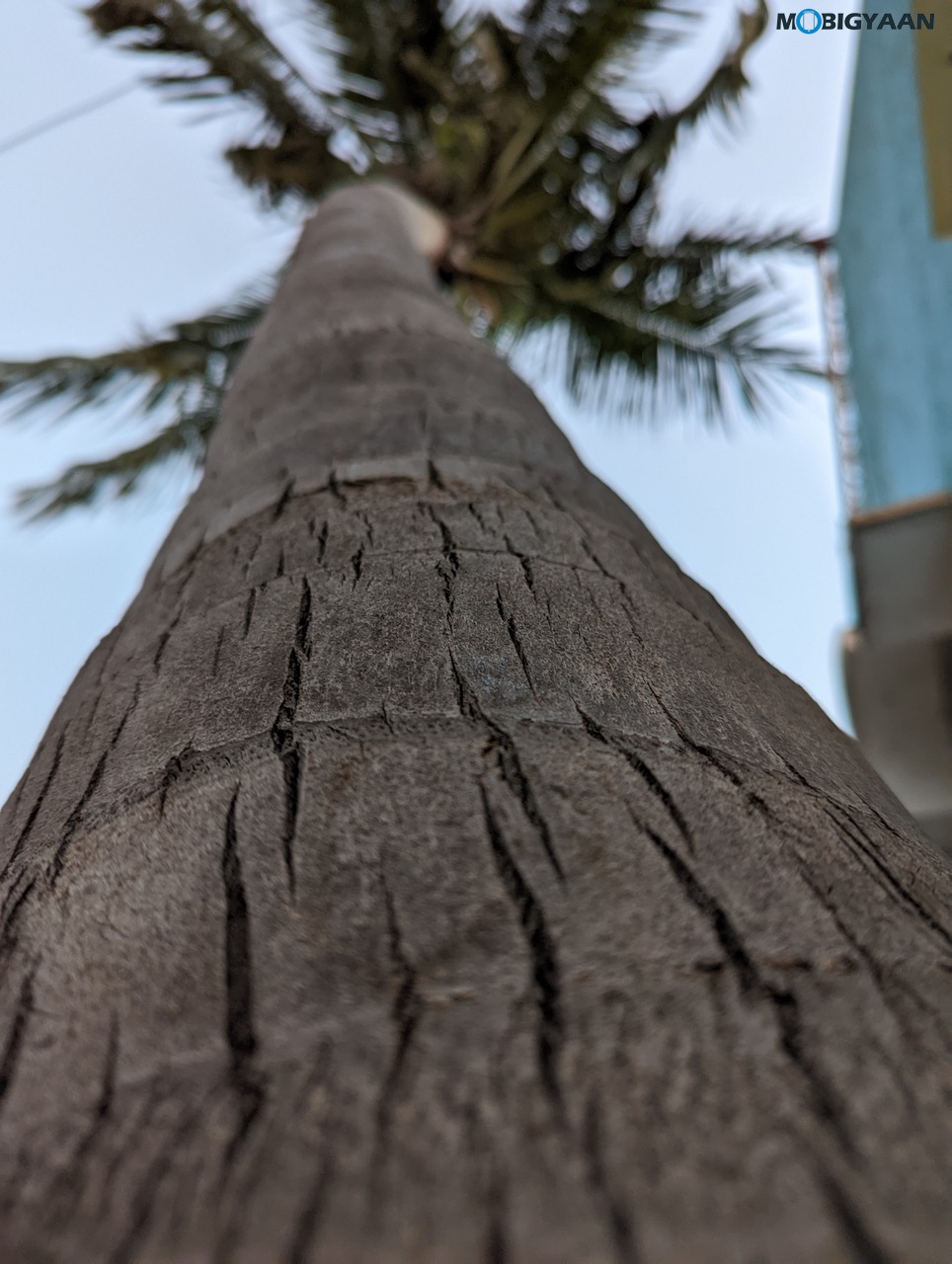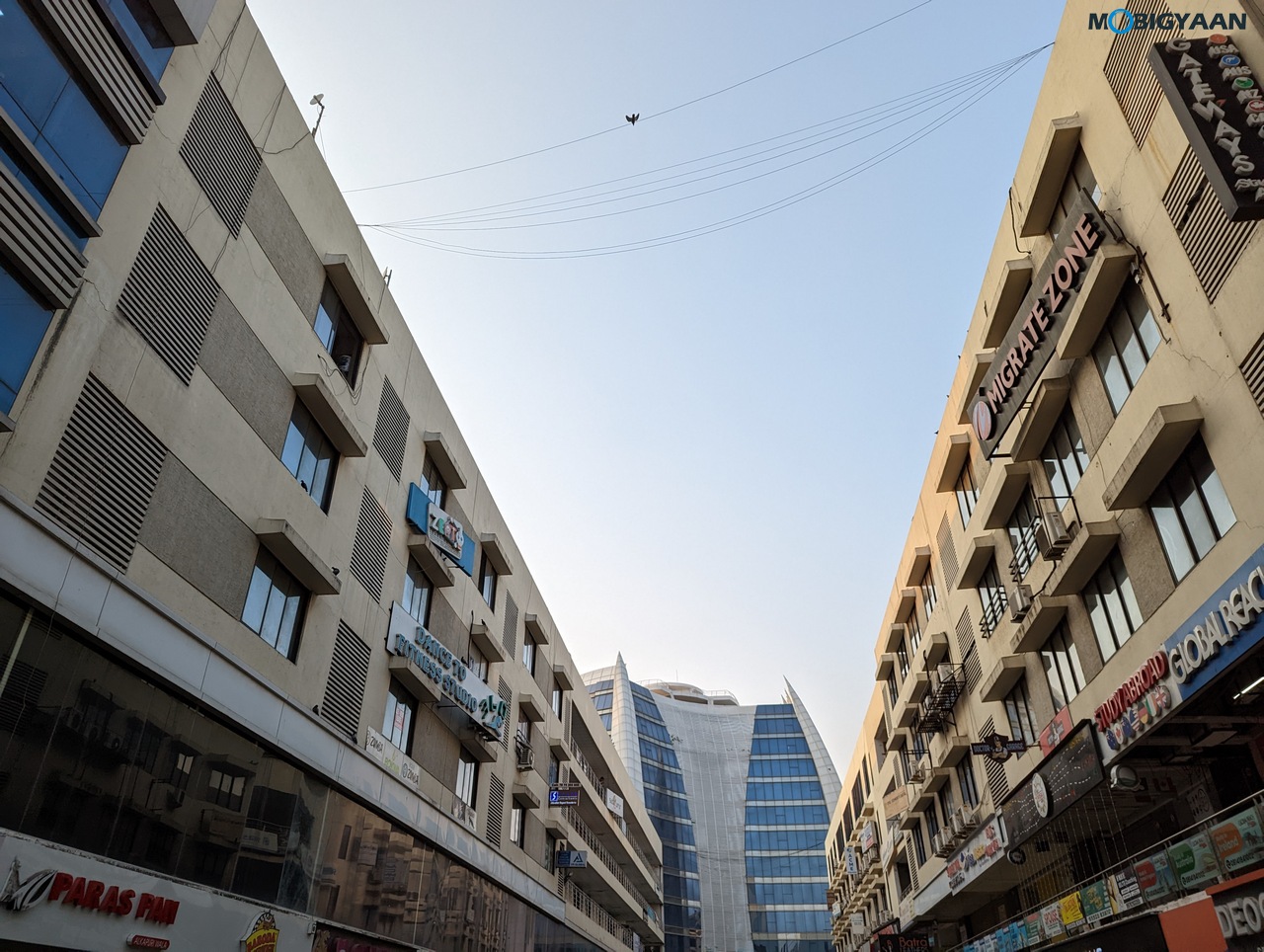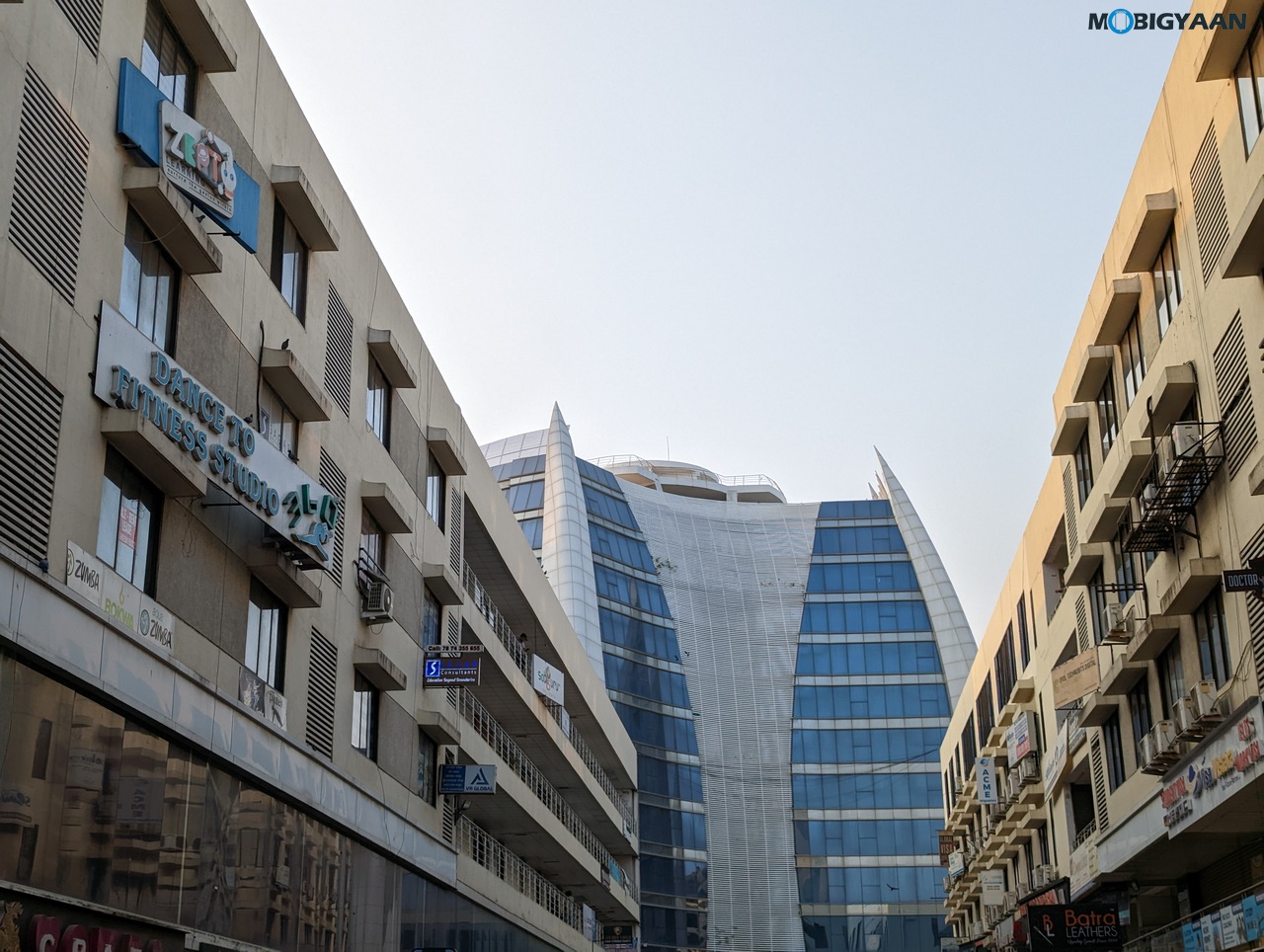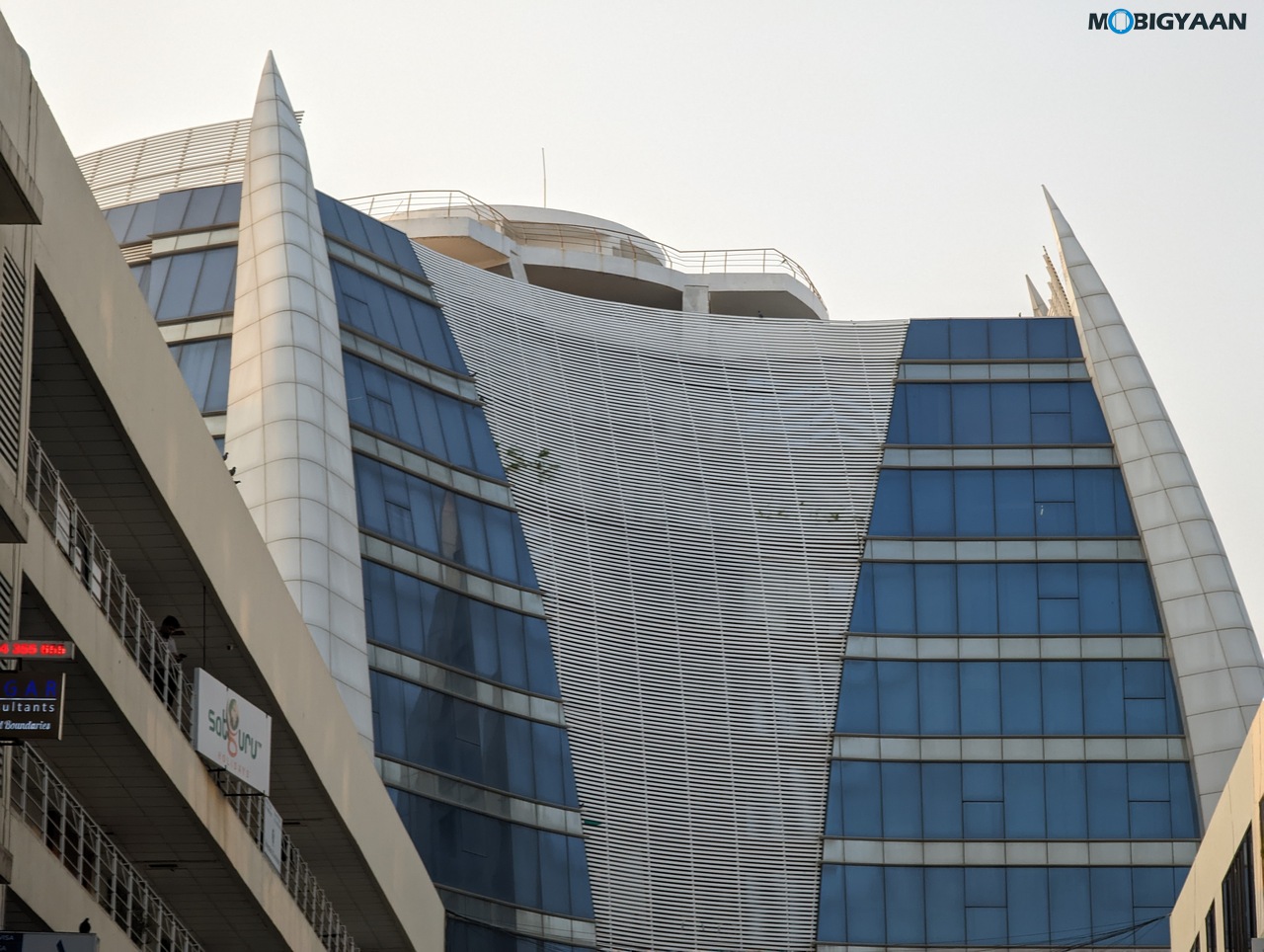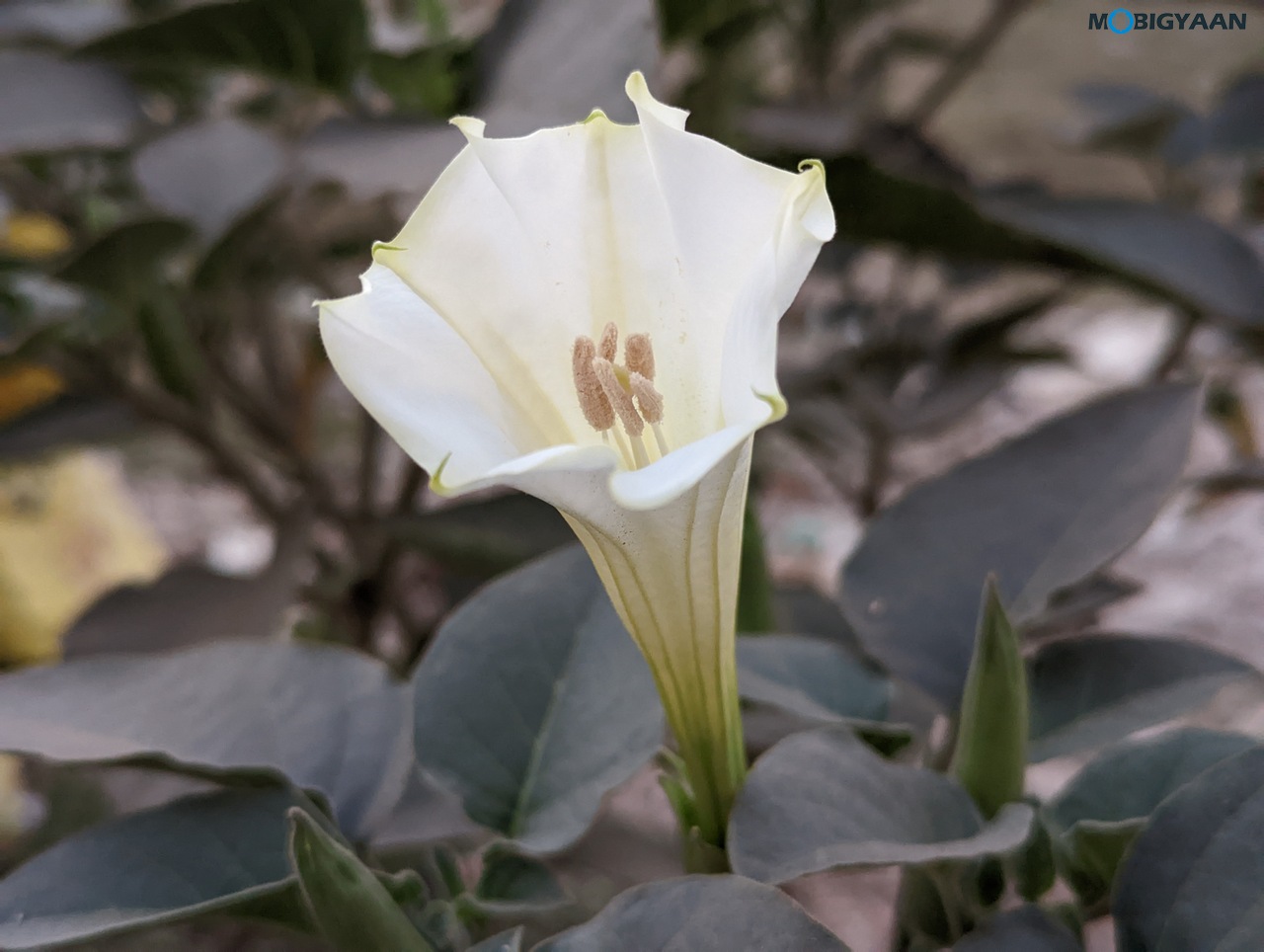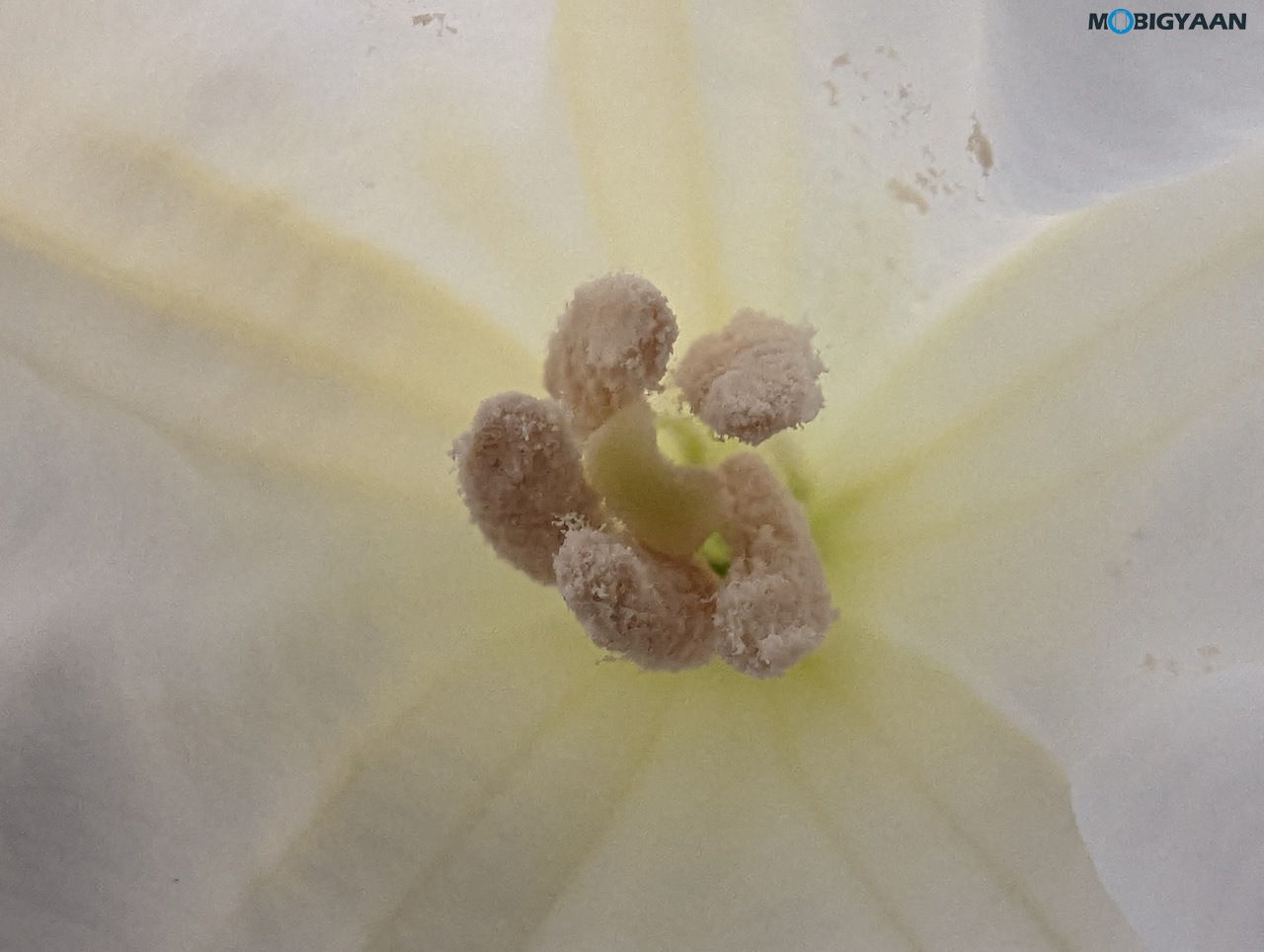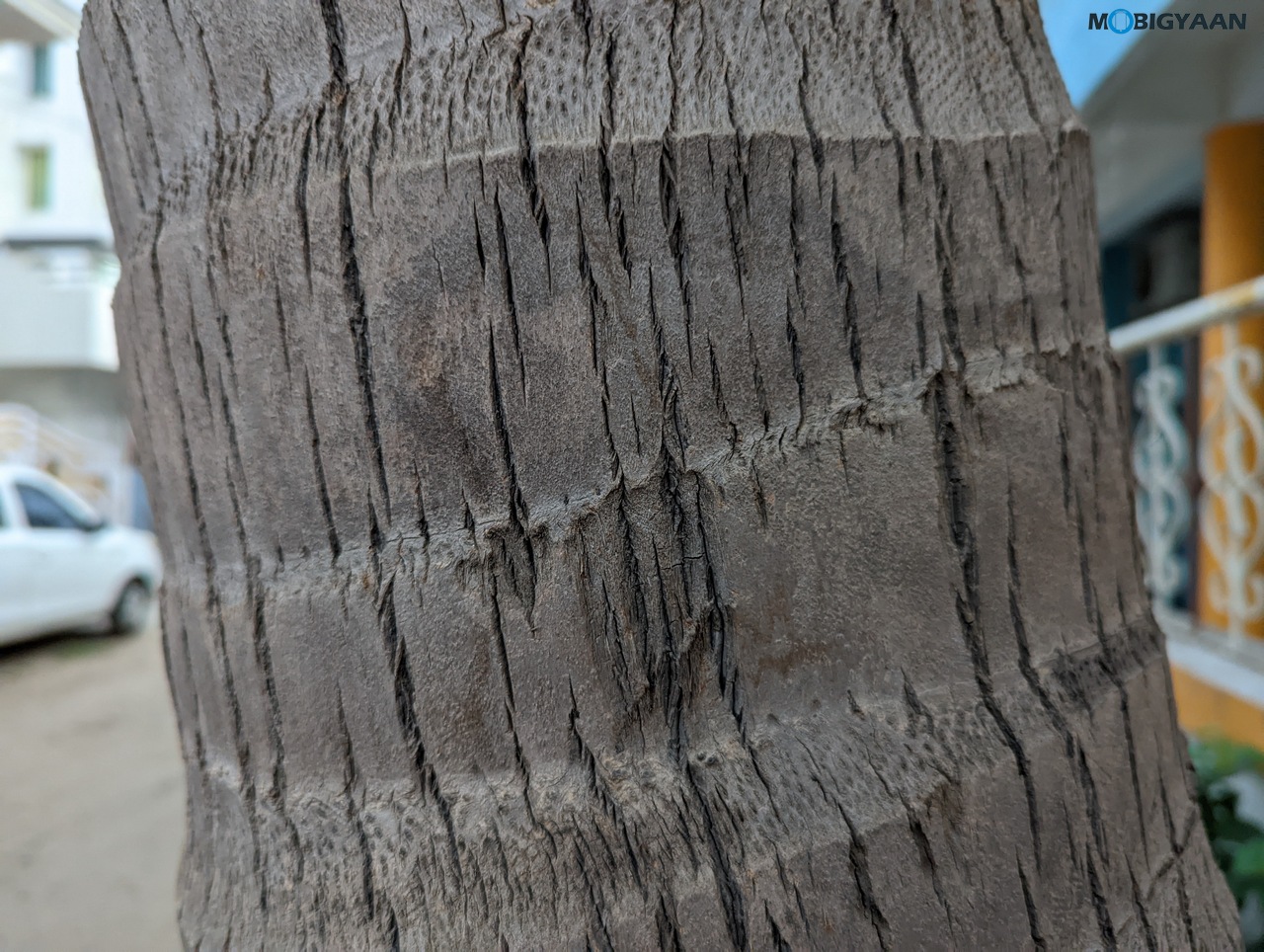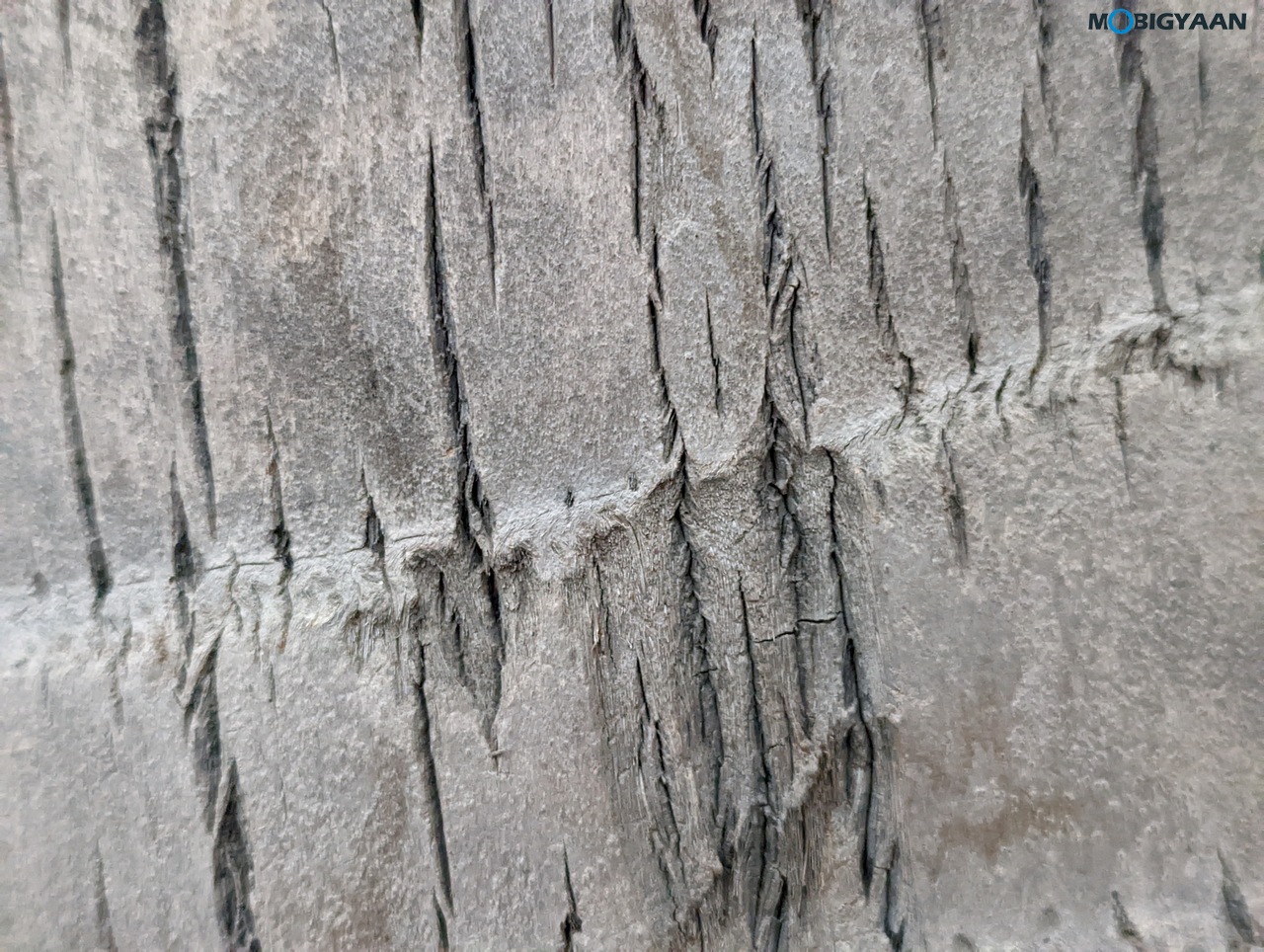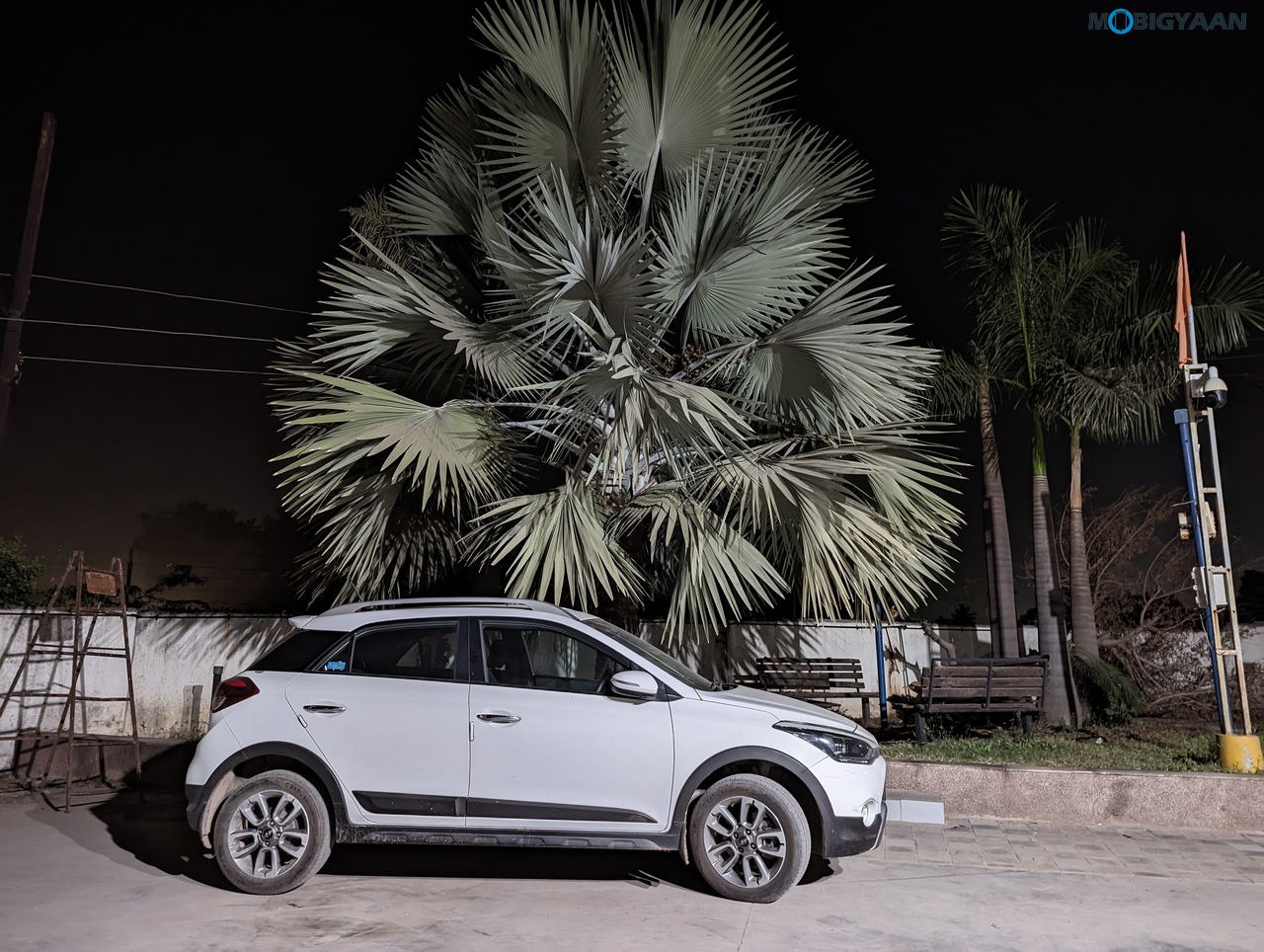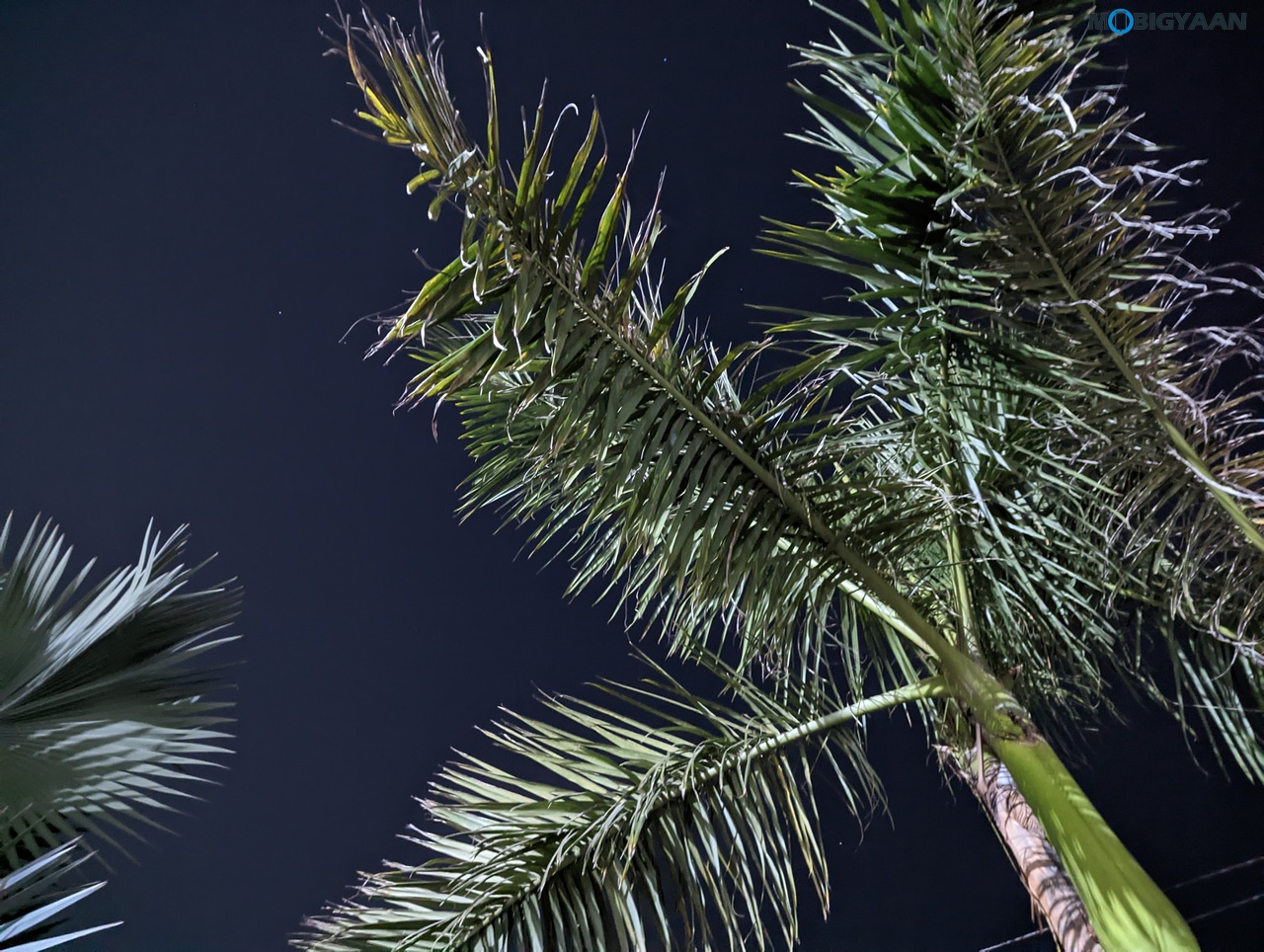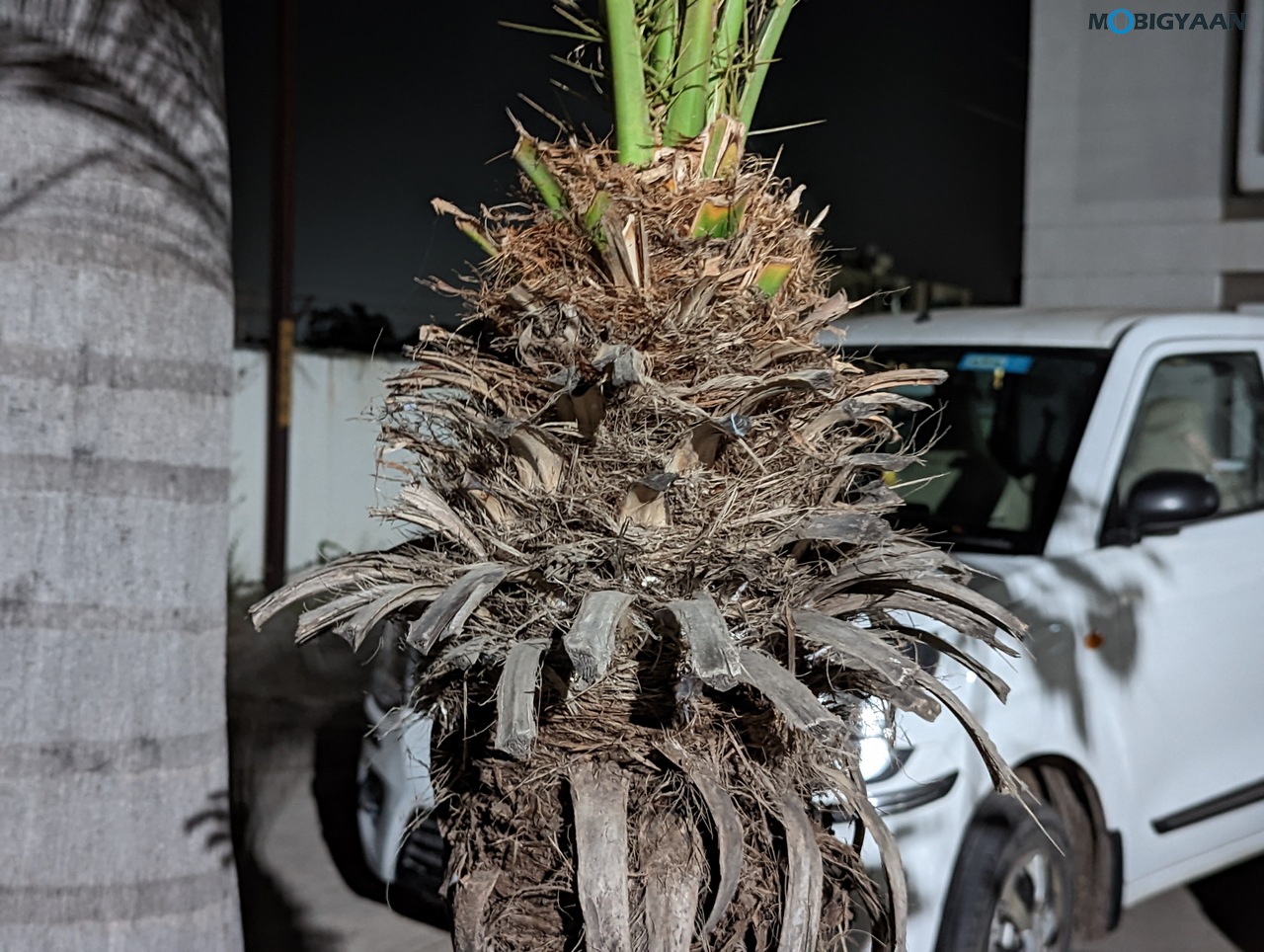Google, the tech giant has launched its latest high-end flagship smartphones – the Pixel 7 and 7 Pro both powered by Google’s second-generation Tensor G2 chips. We got the Google Pixel 7 Pro and here’s what we have to say about this incredible Android smartphone in our Google Pixel 7 Pro review. The major highlights we can see are its new metallic and glass design, new Google Tensor G2 CPU, curved edge screen, and Google’s new operating system Android 13.
![]()
Google Pixel 7 Pro Specifications
- Display: 6.7-inch LTPO AMOLED display, 2K+ resolution (1440 x 3120 pixels, ~512 ppi density), 120 Hz refresh rate, 1500 nits peak brightness, 88.7% screen-to-body ratio, 19.5:9 aspect ratio, HDR10+, Always-On Display, Corning Gorilla Glass Victus protection
- Software: Android 13 operating system
- CPU: 5nm Google Tensor G2 octa-core SoC (2 x 2.85 GHz Cortex-X1, 2 x 2.35 GHz Cortex-A78, 4 x 1.80 GHz Cortex-A55)
- GPU: Mali-G710 MP7
- Memory: 12 GB LPDDR5 RAM
- Storage: 128 GB UFS 3.1 internal storage
- Main Camera: Triple cameras (50 MP f/1.9 OIS camera + 48 MP f/3.5 OIS telephoto camera + 12 MP f/2.2 ultra-wide + macro camera), Optical Image Stabilization, 4K Video Recording (60 fps), dual-LED flash
- Selfie Camera: 10.8 MP f/2.2
- Others: In-display fingerprint scanner, Face Unlock
- Cellular: 5G network, dual SIM, dual standby support
- Battery: 5,000 mAh battery (non-removable)
- Charging: 23W fast charging support (no charger in the box)
- Price: ₹84,999 (12 GB + 128 GB)
Design, Display, & Build
Starting with the design, Google decided to make small refinements in the aesthetic part of the Pixel 7 line. The mixture of glass and metal on the Pixel 7 Pro is solid construction and it’s worth mentioning that there’s nothing that beats when it comes to the Pixel’s design. The Google Pixel 7 Pro has one of the best builds so far in its class.
The changes in the design as we can see is the camera module on the backside, which is now even more unique because it has a different tint than the phone’s color. Another interesting thing about the phone is that the Pixel 7 Pro now has less curved edges and its display is almost flat. The Pixel 7 Pro has very much similar dimensions to the Pixel 6 Pro, the rest seems identical as we can see.
There is Gorilla Glass Victus protection on both sides, and the side frames are metallic, as is the camera housing. The camera frame seamlessly blends with the side frames which looks neat. The phone is pretty much slim and is quite easy to hold, but weighs around 212 grams which might be slightly bulky for some people. However, the overall feel you get is highly premium and this is where the Pixel 7 Pro shines out.
The front side has a gorgeous curved LTPO AMOLED screen sized 6.7-inch with almost tiny bezels. It features a 2K+ resolution (1440 x 3120 pixels) and a 120 Hz refresh rate with a peak brightness of 1500 nits. Furthermore, the display offers an 88.7% screen-to-body ratio, a 19.5:9 aspect ratio with ~512 ppi density, and a punch-hole selfie camera. The screen has HDR10+ support and an Always-On Display feature. It is protected with scratch-resistant Corning Gorilla Glass Victus.
The smartphone has an in-display fingerprint scanner and it works flawlessly. You get stereo speakers on the phone and triple microphones (top, bottom, and back on a camera). Moving to the sides, the bottom side has a USB Type-C port, a microphone, and stereo loudspeakers, the top side has another microphone, and one at the back. The left side has a SIM tray while the right side has a power button and volume controls.
Software, User Interface, & Features
The Google Pixel 7 Pro comes with the latest Android 13 out-of-the-box and it’s the Google’s pure Android you will see on the phone. Google promises to support major Android updates for up to three years and a few more years of security updates. As the software is provided straight from the source, the Pixel lineup has its biggest pull for stock Android enthusiasts.
![]()
Android 13 from the Pixel line also brings a series of features that use AI, such as Live Translate, active voice, and dictation. Not to mention the functionality that allows you to recover blurred photos. In general terms, the Pixels usually come with a clean Android interface and no third-party fuss installed, it has a bunch of good features and is still considered the best stock Android system that no one can ever carry as Pixel does.
The Pixel 7 Pro has combined the software and the hardware to optimize the user experience, but that doesn’t mean it’s all smooth sailing – there are some rough edges, a few weird bugs may spoil the experience a bit, such as you have to swipe to get the latest image while opening images preview from the camera app. But this is overtime resolved in the updates as we know. Overall, the Pixel 7 Pro UI is quite refined, well-packaged, and most importantly, smooth as butter.
You can customize the interface from the Settings such as the wallpapers and style, dark theme and themed colors, app grid, and Always-on display, as well as change the resolution and refresh rate as per your needs. In addition to the AI features, you get a handful of gestures on the phone that makes things easier.
Hardware, Performance, & Gaming
Moving to its hardware and performance, the Google Pixel 7 Pro packs the new generation Tensor G2 SoC, it’s based on the 5nm and is a powerful chip catered in the flagship class. The Google Pixel 6 Pro has a Google Tensor 1st gen while the Pixel 7 Pro receives an upgrade in the CPU department, the Google Tensor G2 is slightly faster than its predecessor with a clock speed of up to 2.85 GHz and packs a Mali-G710 MP7 for high-end gaming.
The Google Tensor chips are currently manufactured by Google and Samsung for Pixel smartphones. In addition to that, Google Tensor G2 SoC also equips a Titan M2 security chip and is slightly faster than the first gen. A big upgrade is the new TPU for AI operations which appears to be more powerful and power efficient compared to the predecessor.
The CPU is another major highlight aside from its curved display and upgraded cameras. The 5nm Google Tensor G2 is a high-end fast SoC consisting of eight cores, 2 high-performance Cortex-X1 clocked at 2.85 GHz, 2 performance Cortex-A78 cores clocked at 2.35 GHz, and 4 power-efficient Cortex-A55 cores clocked at 1.80 GHz. The CPU further has a 4 MB L3 cache and 8 MB system-level cache.
The performance is improved compared to its previous generation Google Tensor, especially the TPU. We recorded some benchmarks to show you how good can be Tensor G2 against other rivals such as the Qualcomm Snapdragon 888 and Snapdragon 8 Gen 1.
One of our Geekbench 5 benchmarks scored 1047 points in a single-core CPU benchmark and 2,904 points in a multi-core CPU benchmark which is quite equivalent to the Snapdragon 8 Gen 1. The GPU has scored 4,718 points which means it has enough power to handle high-end GPU tasks, but the Adreno 730 with a score of 6,000+ leaves Mali-G710 MP7 behind in GPU processing.
Gaming is something you are likely going to enjoy here, the Mali-G710 Mp7 is powerful enough to play games on the highest graphics, you can expect to get a smoother gaming experience on high-end settings. The Google Pixel 7 Pro is among the performance devices and can be good for gamers in the flagship division.
Speaking of the RAM and storage options, there’s only one variant launched in India, i.e.e 12 GB LPDDR5 RAM and 128 GB UFS 3.1 storage priced at ₹84,999. The storage cannot be expanded via a microSD card slot due to its missing microSD card slot.
Cameras
On the camera’s front, the Google Pixel 7 Pro offers an advanced camera system, a triple camera setup with 50 MP f/1.9 as the main camera, 48 MP f/3.5 as the telephoto camera with 5x optical zoom, and 12 MP f/2.2 as the ultra-wide-angle camera.
The OIS (Optical Image Stabilization) is present in the first two cameras (50 MP & 48 MP) and offers strong specs. The selfie camera is 10.8 MP at the center in a punch-hole design. The overall spec is quite similar to the Google Pixel 6 Pro, however, the selfie camera is now 10.8 instead of 11.1 MP, and the telephoto is 120mm compared to 104mm with 5x optical zoom.
The 50 MP rear main lens is just as similar to the older models, Google has reused the sensors from last year’s devices, but of course, the final result of the photos shows very high-quality records in well-lit environments.
The telephoto camera is just great, both the sensors manage to record stunning photos in the most diverse scenarios, delivering above all realistic results. The 12 MP ultra wide angle lens is suitable, features autofocus, and delivers great quality results. The ultrawide lens also enables you to take macro photos, something that saved an unnecessary lens on the rear.
The camera has other features like 360-degree photography, fisheye mode, wide angle, and vertical and horizontal ‘photo sphere’ modes. With the Magic Eraser feature, you can get rid of unwanted things in the photos like removing people or objects from the photos with a tap of your finger. Check our how to use the Magic Eraser feature in Pixel 7 Pro.
Overall, the camera app with all the different modes is a lot of fun to use and the results are reliable, giving you a perfect shooting experience. Take a look at some shots we took from the Google Pixel 7 Pro camera.
Google Pixel 7 Pro Camera Samples
Battery Life & Charging
On the battery side, the Pixel 7 Pro offers a 5,000 mAh capacity battery and it’s quite similar to the Pixel 6 Pro (5,003 mAh), and believe me, the battery is one of the most impressive things we found on the phone. The device can last throughout the day from medium to heavy and extends up to 3 days depending on the usage. Google has made changes to the Android 13 to optimize the battery on the Pixel 7 Pro.
For charging, there’s no charger in the box, you have to buy it separately, you only get the USB Type-C to Type-C cable. The charger you get is 23W and it competes with the Apple iPhone’s 20W power adapter, you won’t see here a 65W or 80W fast charger. You can expect the battery to be charged in about 1.5 hours or a little less.
Google is keeping up with slow charges and it might be useful for the battery in the long run, but if you are looking for a phone that charges in 20 minutes, the Pixel 7 Pro isn’t the one. However, you can try out other charges rated 65W or more to keep the charging fast. Unlike many, the Google Pixel 7 Pro supports wireless charging and reverse charging using the battery Battery Share feature.
Verdict – Google Pixel 7 Pro
The Google Pixel 7 Pro is certainly more attractive, and powerful, and offers one of the best camera experiences. It has everything that you need in a flagship on top of Pure Android, you get great performance with its Google Tensor G2, and it has a gorgeous 120 Hz LTPO AMOLED display with nice curved edges and a super solid premium design. If you want the excellence and unique Pixel experience along with pure Android, then get the Pixel 7 Pro, there’s nothing better out there. If you are a Pixel fan and have enough budget to spend, you won’t go wrong picking the Pixel 7 Pro over any other.

